| Musiquarium | Oct 2 2023 |

If you're going to put a musical group together make it the best.

It's been awhile since we featured Polish art, so today we're revisiting the interesting aesthetic of that country with a small collection serving as a reminder that jazz was the predominant popular musical form during the heydey of the pulp era. Polish artist Waldemar Świerzy painted this series of portraits featuring American jazz icons. He signed them all on the left edges. The phrase “wielcy ludzie jazzu” on the top of each print means, “great jazz people,” some of whom, you've noticed, he painted more than once. Świerzy was born in 1931, and painted these in the mid-1980s, focusing mainly on musicians who had been active and popular during his youth. There are even more we didn't show here. Several of these musicians are mentioned by name in books we've read, for example Louis Armstrong, who's the subject of a brief discussion in Harold Sinclair's New Orleans based novel Music Out of Dixie. We think this is nice work by Świerzy. You can see more Polish art here, here, and here.
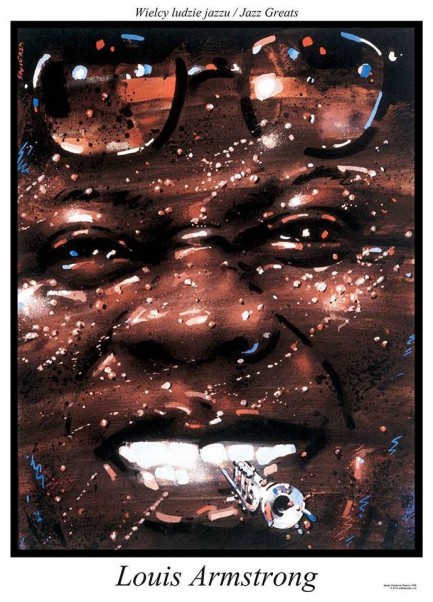
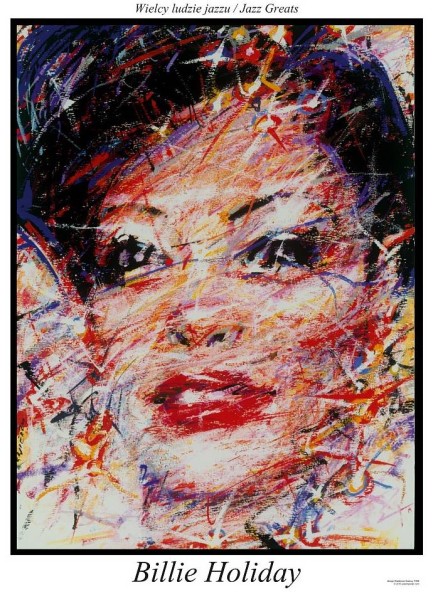
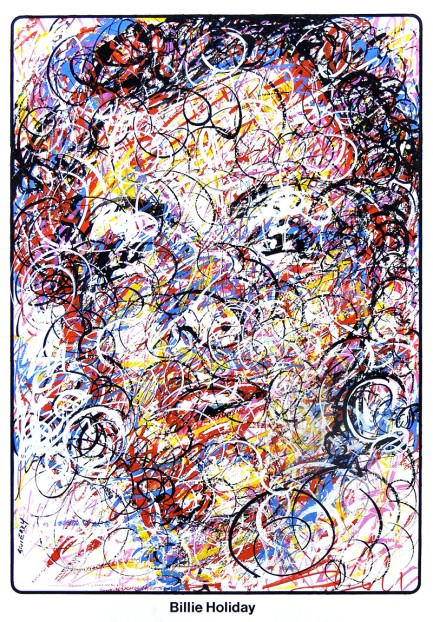
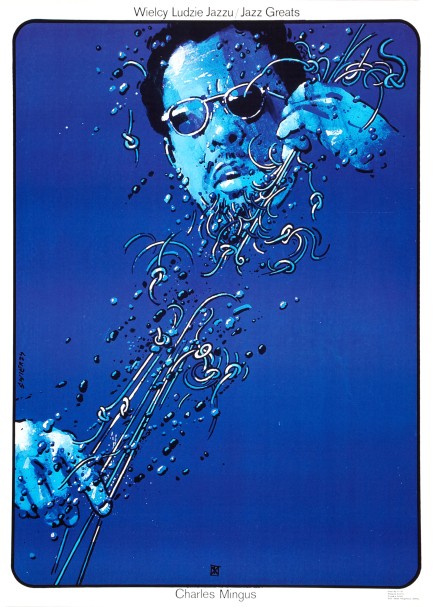
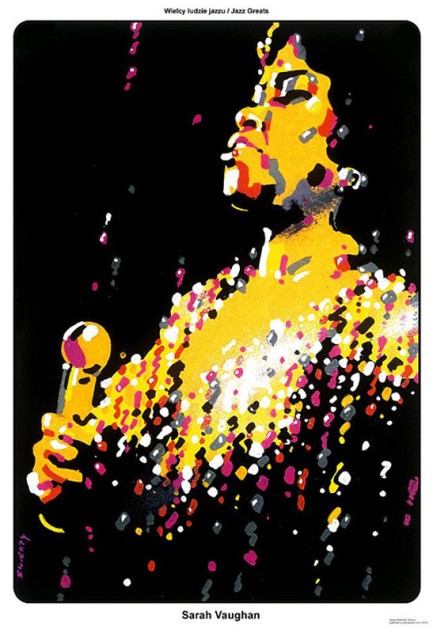
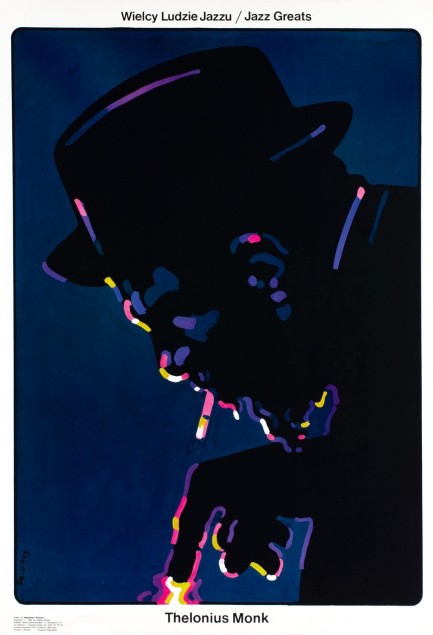
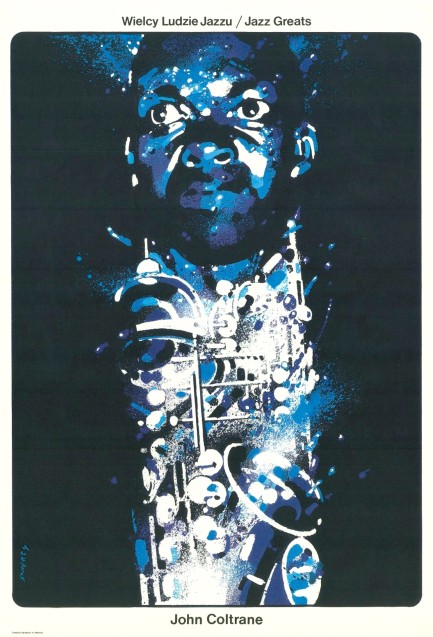
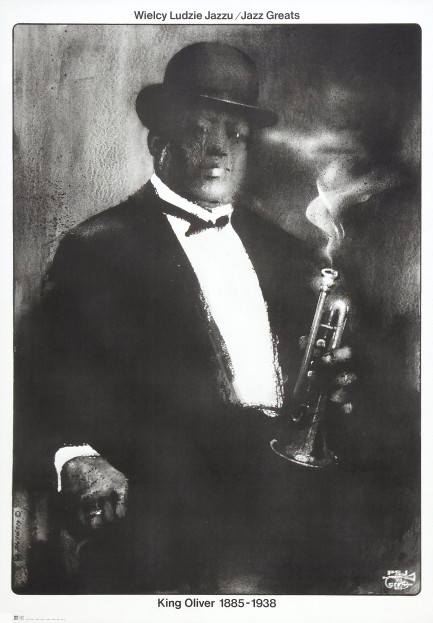
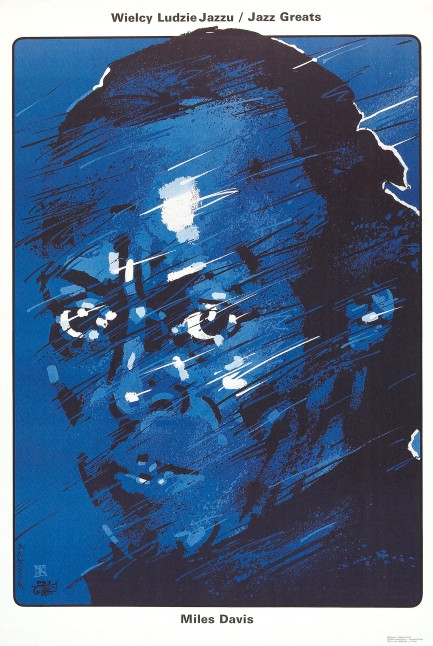
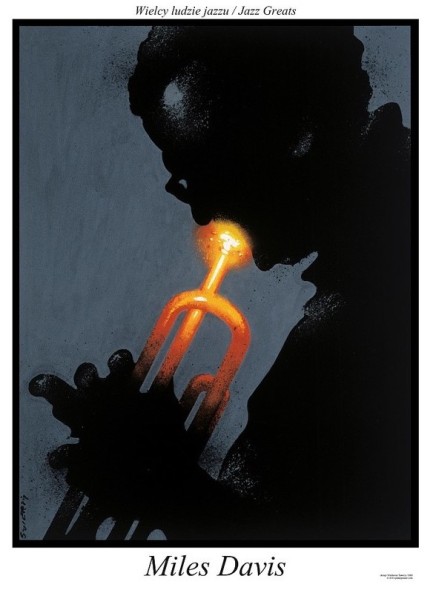
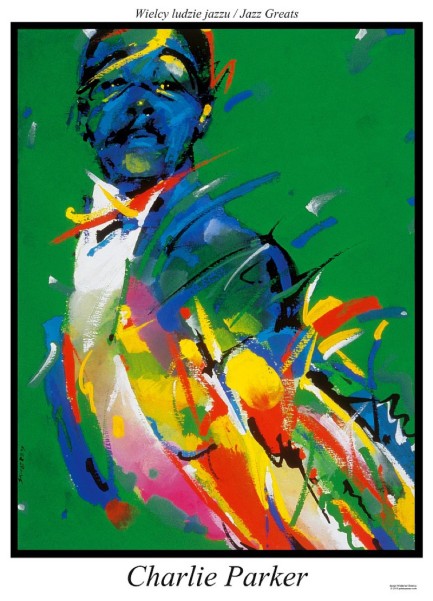
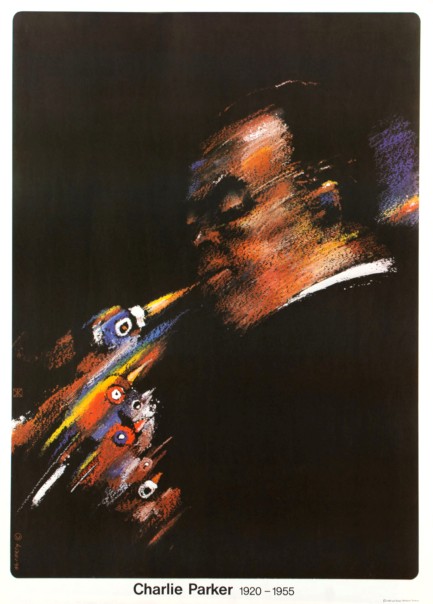
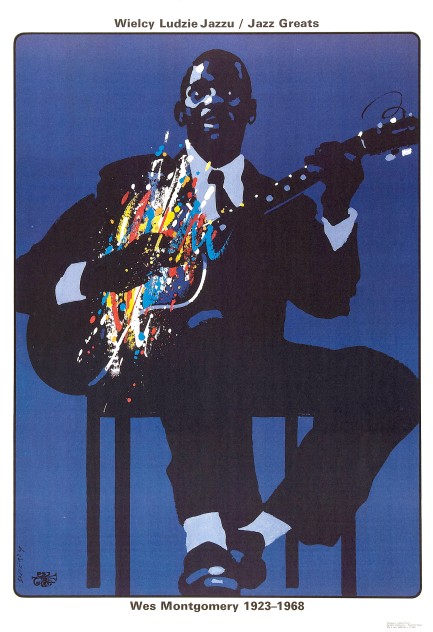
| Vintage Pulp | Apr 1 2023 |

Mid-century paperback artists were in tune with the times.
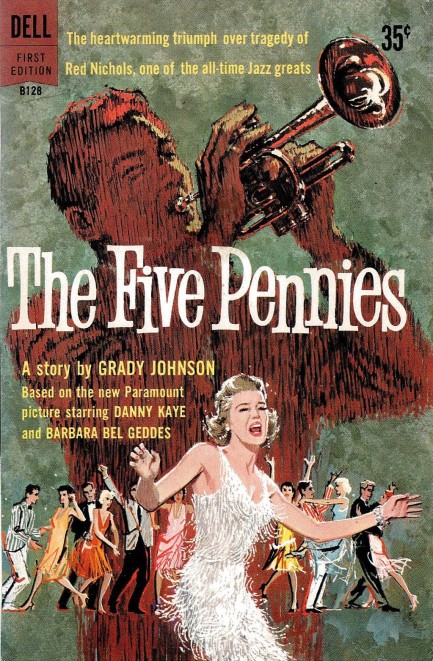
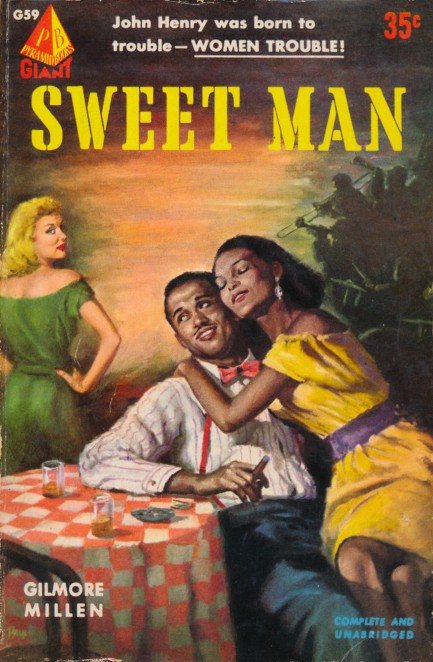
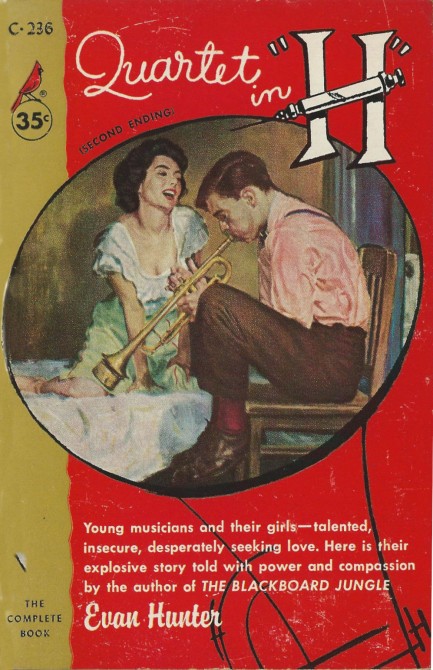
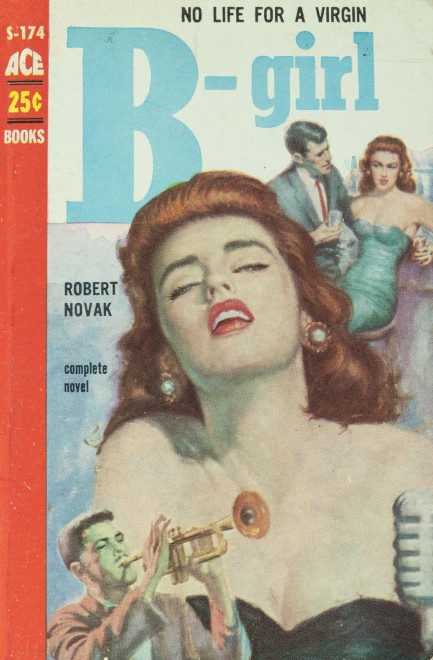
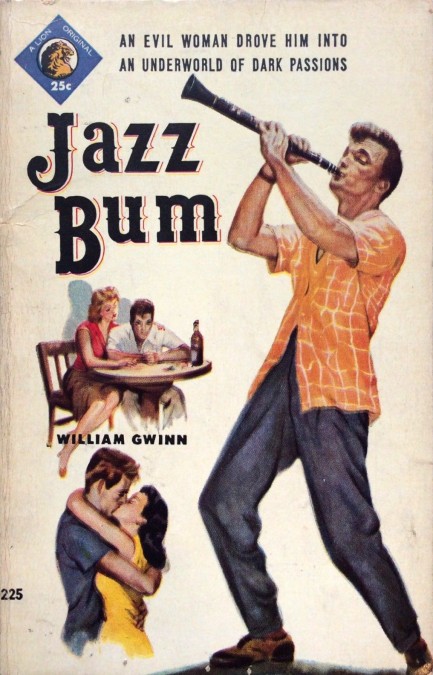
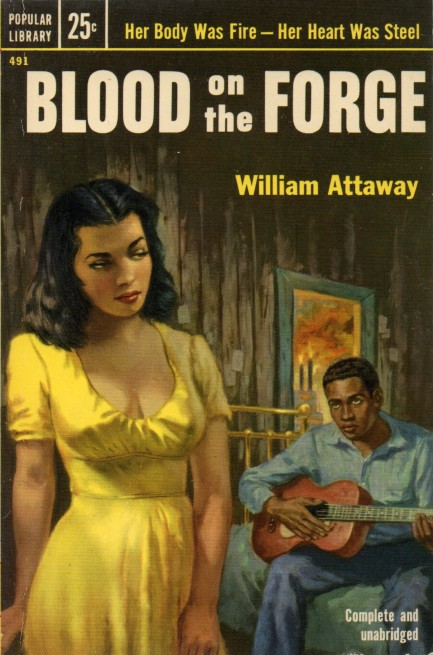

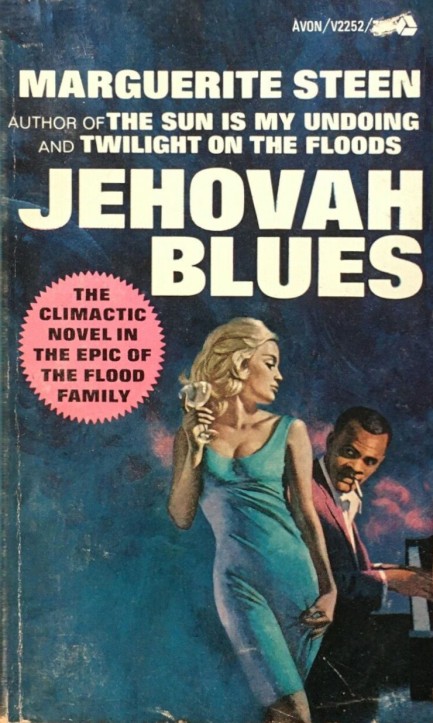
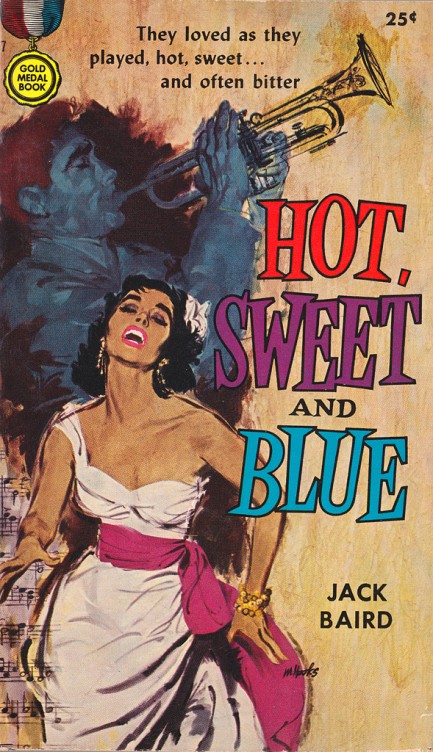
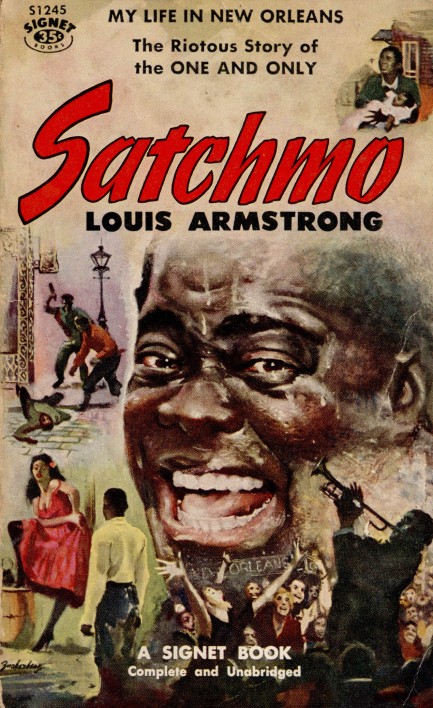
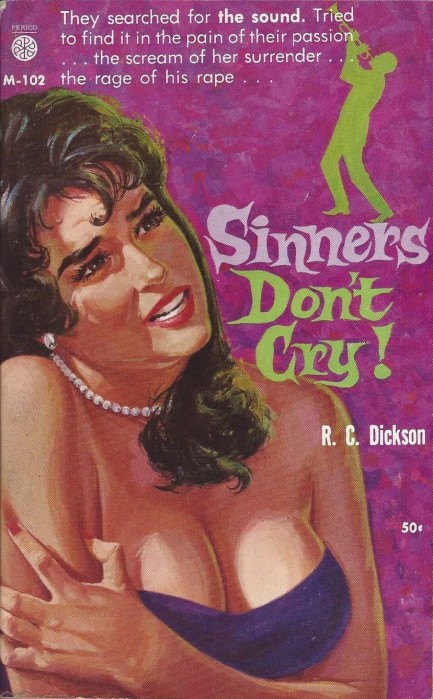
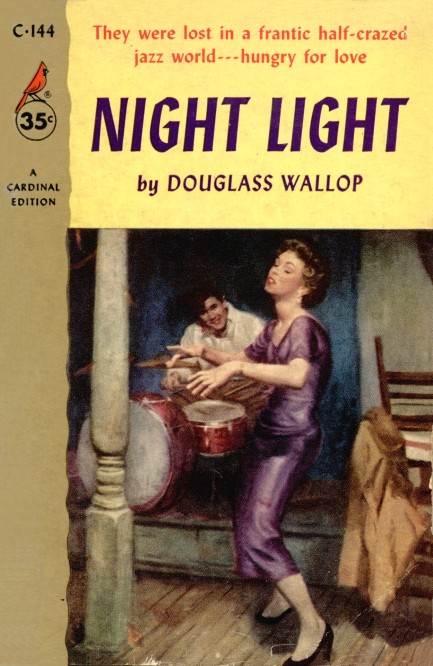
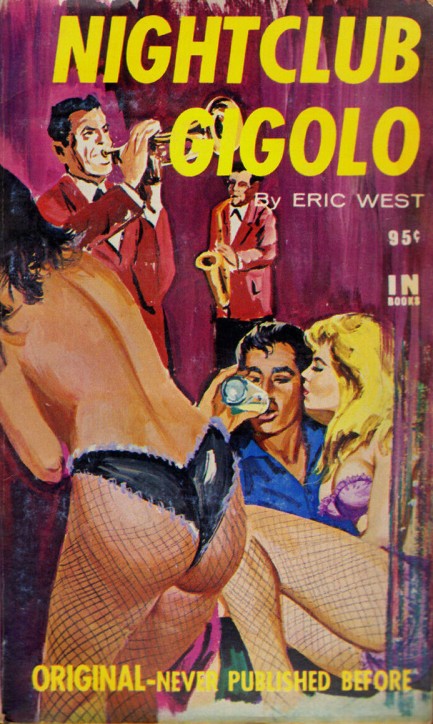
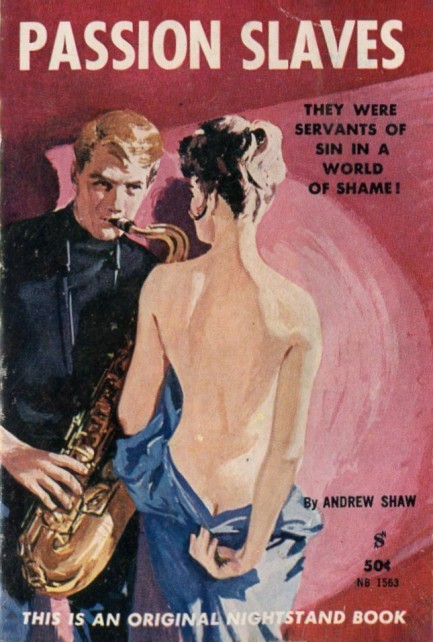
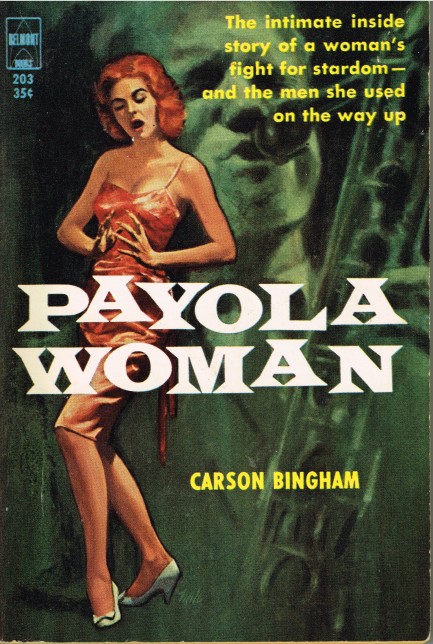
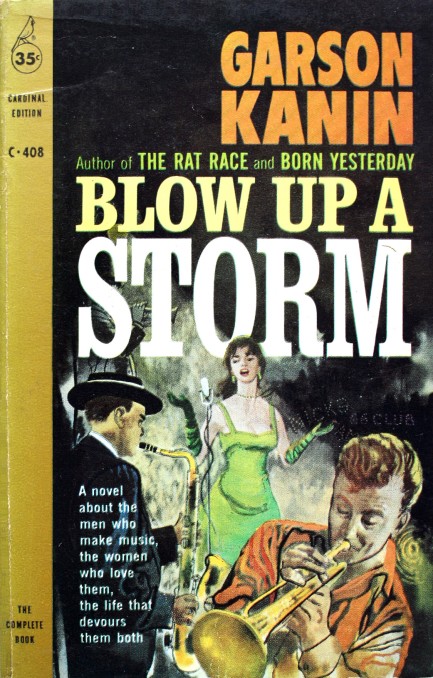
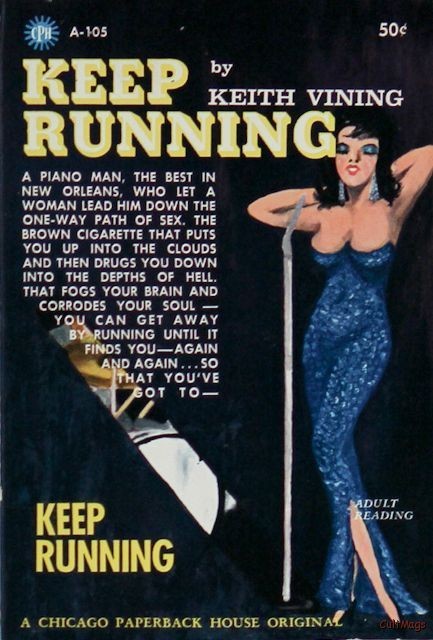
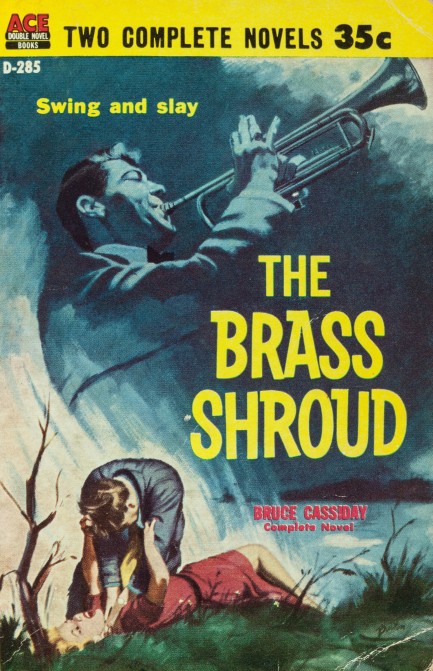
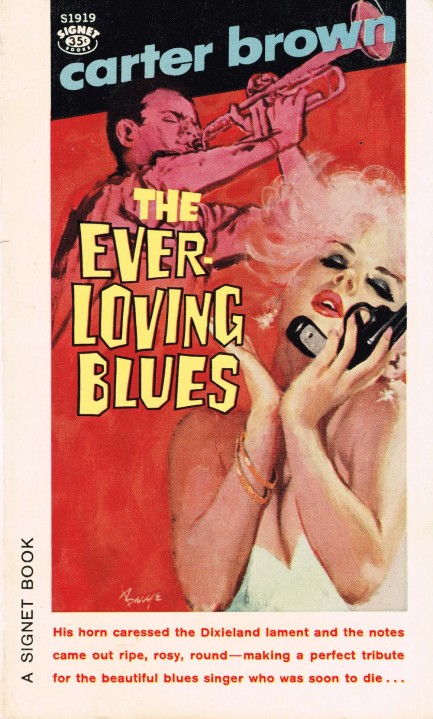
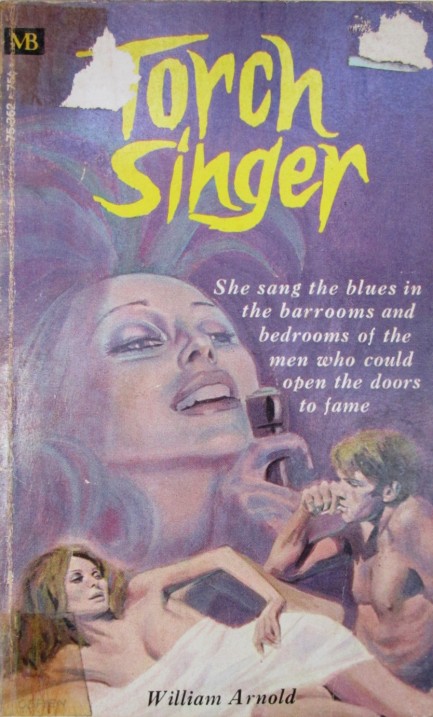
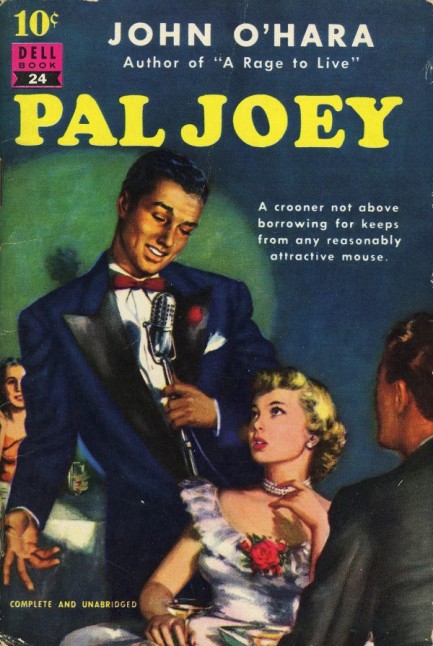

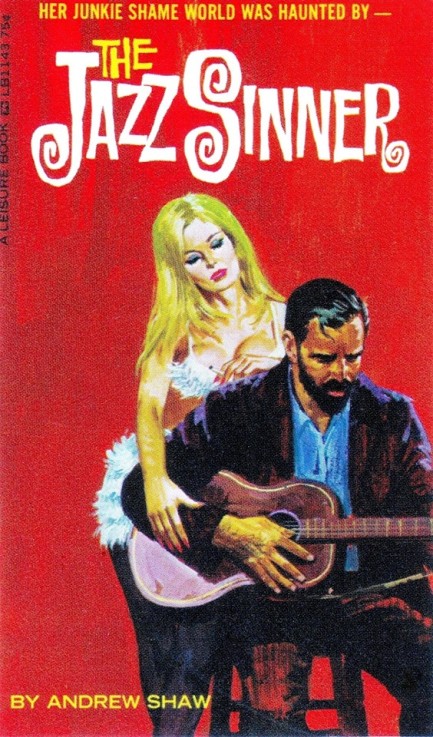
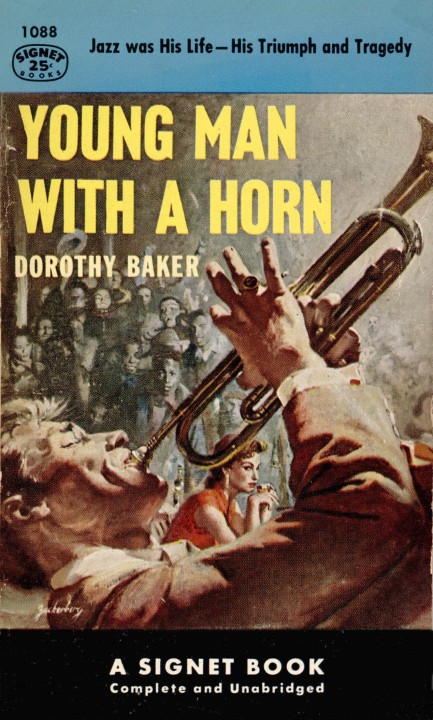
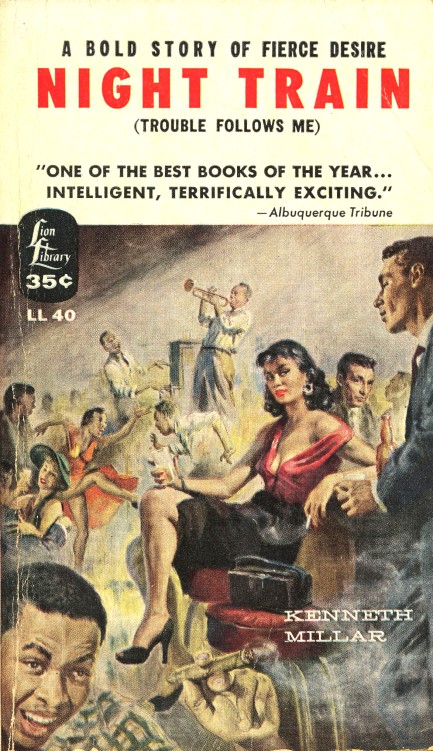
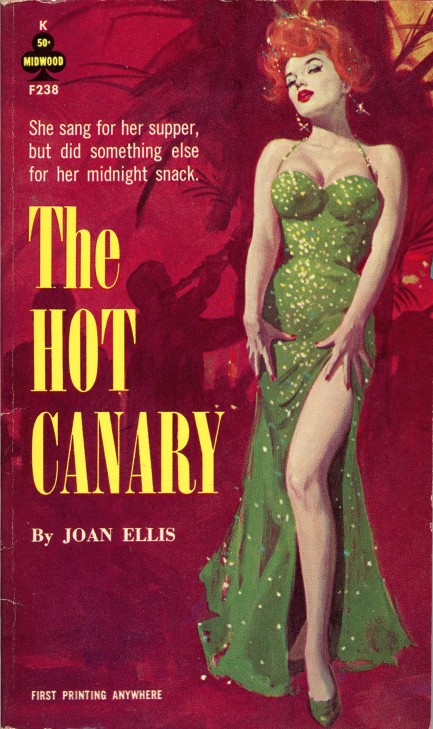
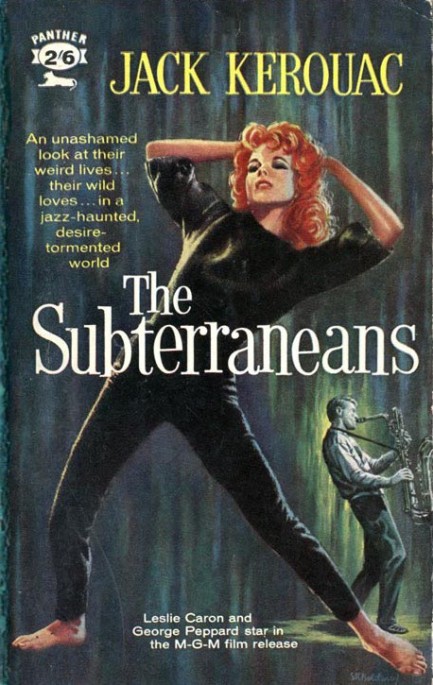
There are numerous jazz themed mid-century paperback covers. The jazz milieu—with its smoky clubs, passionate personalities, and idiosyncratic ways—fascinated readers. Above you see a small collection of fronts that visually reference the uniquely American (black American) art of jazz. We've also added a couple of the many torch singer and crooner covers out there that seem jazzy enough to fit. The artists are Barye Phillips, Stanley Zuckerberg, Harry Barton, Mitchell Hooks, Julian Paul, and others. We've previously posted quite a few jazz covers, and we have a few jazz themed books still to read, so in both cases you won't see those pieces here. We don't keyword for jazz, which means a search for those we've already posted would bring up a welter of books, movies, tabloids, and album covers. Therefore, in order to save you the trouble of wading through all that, here are some links. We'll limit ourselves to ten: here, here, here, here, here, here, here, here, here, and here.
| Vintage Pulp | Sep 16 2022 |

Tired of checkers, chess, and cards? Has he got a game for you.
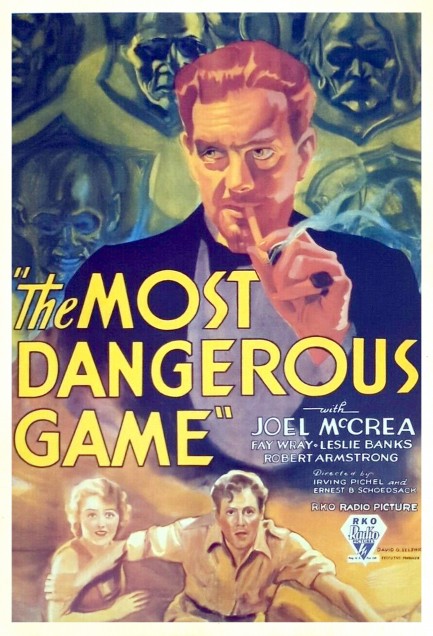
Man hunted in the wild by a supposedly more intelligent and powerful foe is a concept used numerous times in Hollywood with great success, perhaps reaching its pinnacle with 1987's sci-fi actioner Predator. The idea goes all the way back to The Most Dangerous Game, a pre-Code chiller starring Joel McCrae, Leslie Banks, and Fay Wray. When a luxury yacht of upper crust types runs aground off the Pacific coast of South America, only McCrae survives. He's landed on a jungle island owned by a mad Russian named Count Zaroff, played with walleyed fervor by Banks, who hunts humans for kicks.
Zaroff's creepy ole stone mansion doesn't look like a place where one might hope to find aid, but McCrae has no choice but to go there. He isn't the only stranded raw meat hanging around. Boats occasionally crash because the Count moved the channel markers that are supposed to warn boaters away from the rocks. With each shipwreck he has new game to hunt. Wray is already on the island, having run aground before McCrae. She has an inkling things are not kosher, and she turns out to be correct.
The movie is stagy and clunky in its expository sequences, like most pre-Code productions, and Wray's acting is a sheer hoot, but there are positives. There's striking outdoor footage shot around Rancho Palos Verdes, which adds excellent imagery to a film that is indisputably a high visual achievement, and that in turn helps the action sequences come across as both gripping and believable. And of course the basic idea always works. Hunter and hunted, a battle of wits, a match to the death. The Most Dangerous Game premiered today in 1932.
 *sigh* I'm getting mighty fucking bored on this island. Even my best formal wear doesn't lift my mood anymore.
*sigh* I'm getting mighty fucking bored on this island. Even my best formal wear doesn't lift my mood anymore.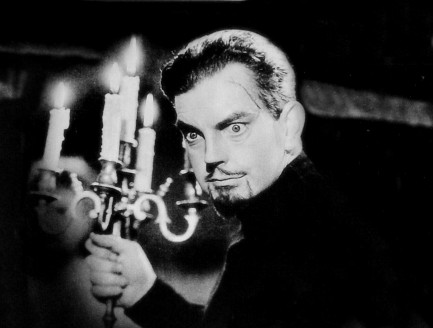 My God. I suddenly have the most dastardly idea.
My God. I suddenly have the most dastardly idea.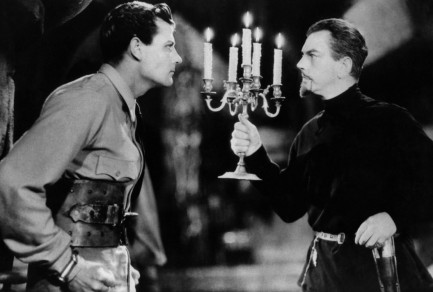 And now we shall play a very dangerous game! Staring like cats! We'll be in danger of enjoying ourselves!
And now we shall play a very dangerous game! Staring like cats! We'll be in danger of enjoying ourselves!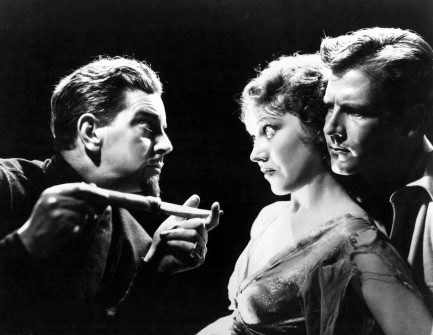 Stand against the wall and I'll throw this knife at you. I mean—not at you. Close enough to be dangerous. I mean— Okay, I can see you're not into it.
Stand against the wall and I'll throw this knife at you. I mean—not at you. Close enough to be dangerous. I mean— Okay, I can see you're not into it.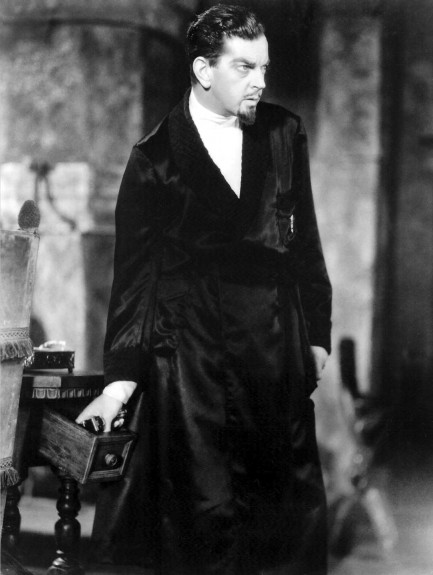 How about a little Russian roulette? That's a fairly dangerous game.
How about a little Russian roulette? That's a fairly dangerous game.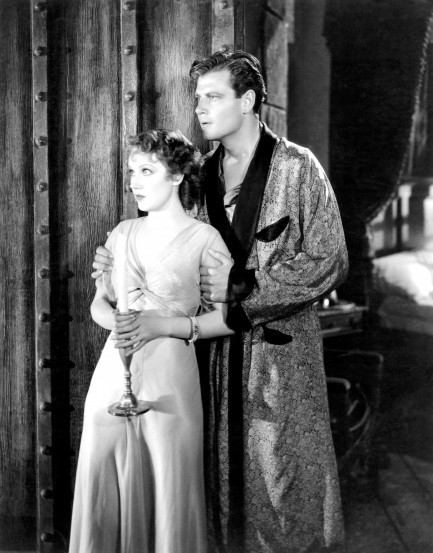 Erm... Joel? I think we should flee before he gets to the most dangerous game.
Erm... Joel? I think we should flee before he gets to the most dangerous game.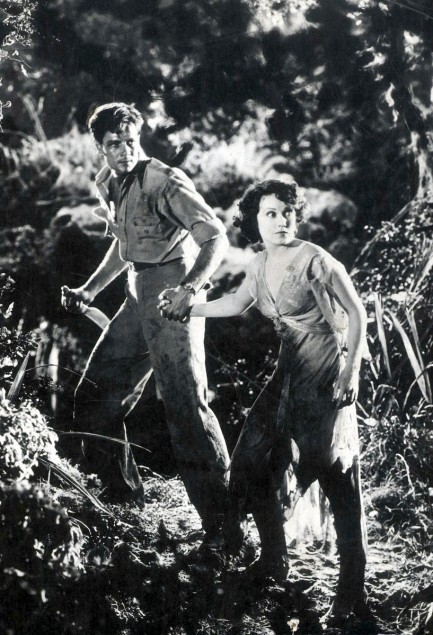 We're lost aren't we? I said flee. I didn't say flee with no goddamn idea which way you were going.
We're lost aren't we? I said flee. I didn't say flee with no goddamn idea which way you were going.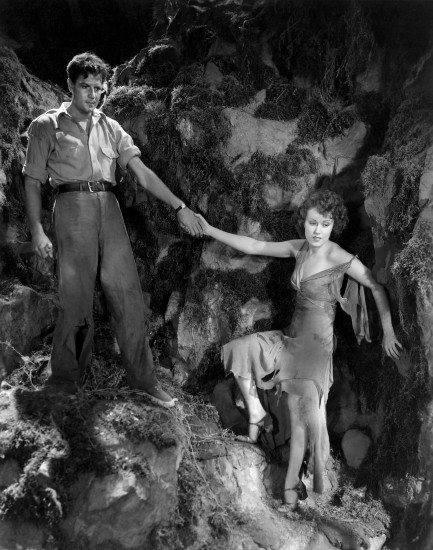 Are you sure we shouldn't have turned left back there at the bog of doom?
Are you sure we shouldn't have turned left back there at the bog of doom?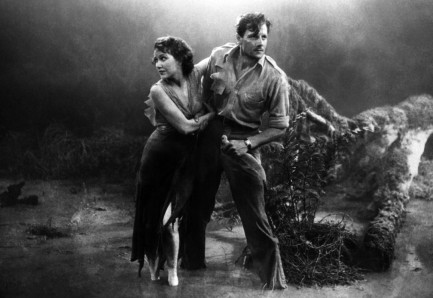 Just admit you're lost, Joel. And not to add to your worries, but I'm getting pretty hungry. If I'm snippy it's your fault.
Just admit you're lost, Joel. And not to add to your worries, but I'm getting pretty hungry. If I'm snippy it's your fault.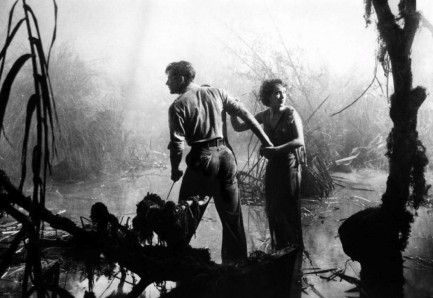 Okay, now we're just going in circles.
Okay, now we're just going in circles.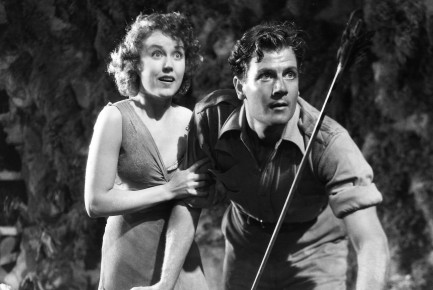 See? He's found us! You never listen!
See? He's found us! You never listen!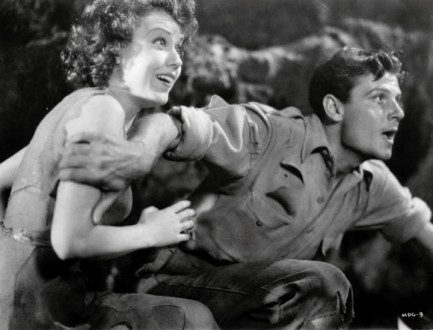 Count! Can you hear me? I'll make you a deal! Take her, and let me leave!
Count! Can you hear me? I'll make you a deal! Take her, and let me leave!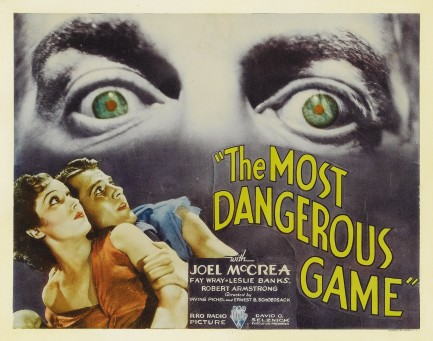
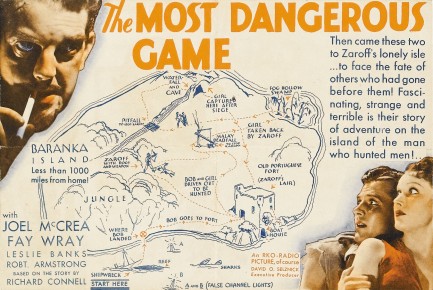

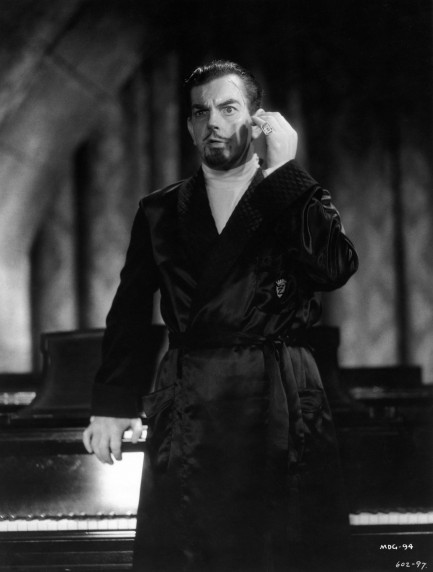
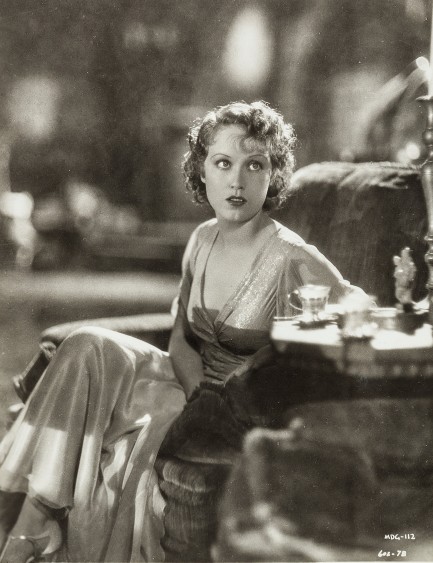
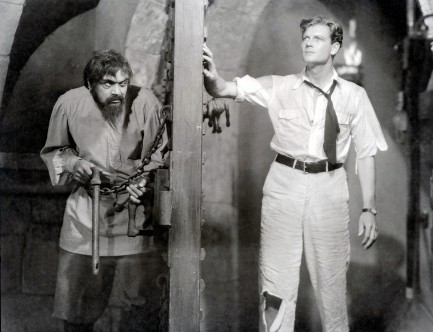
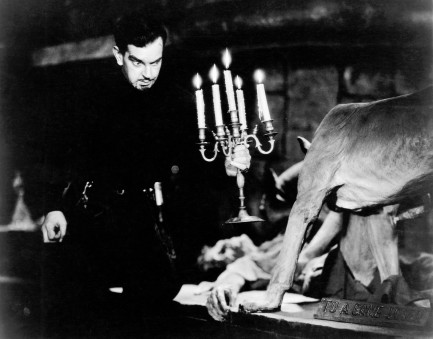

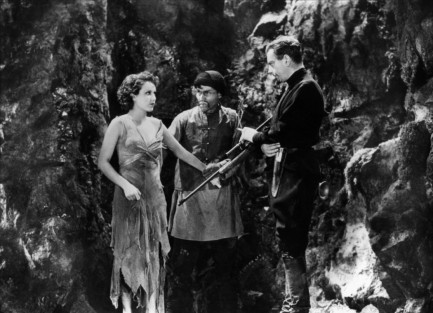
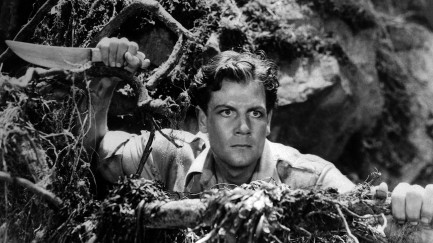
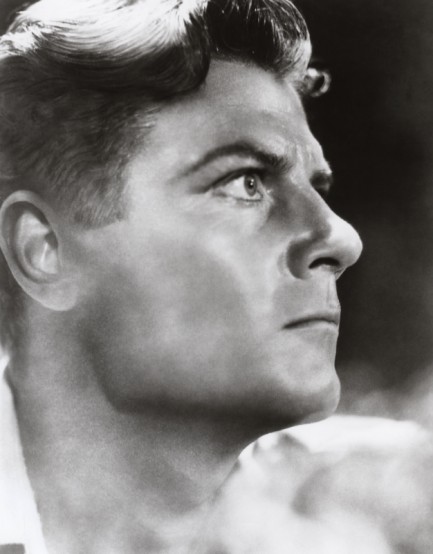
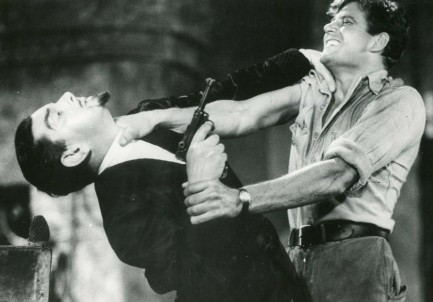
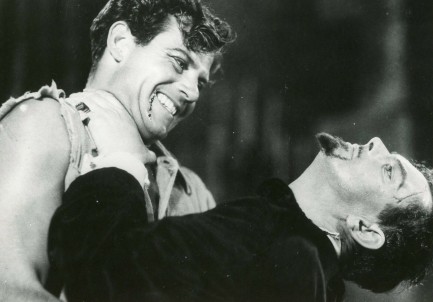
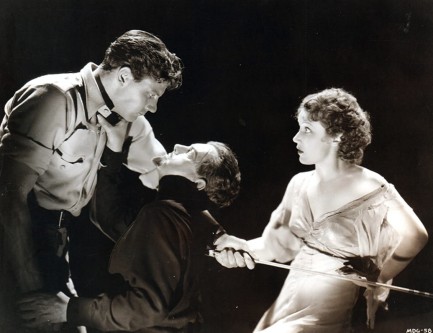
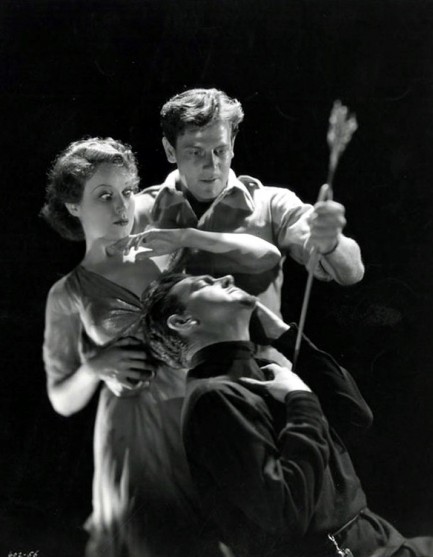
| Vintage Pulp | Jul 18 2021 |

Monroe finds herself in a room with no space to maneuver.
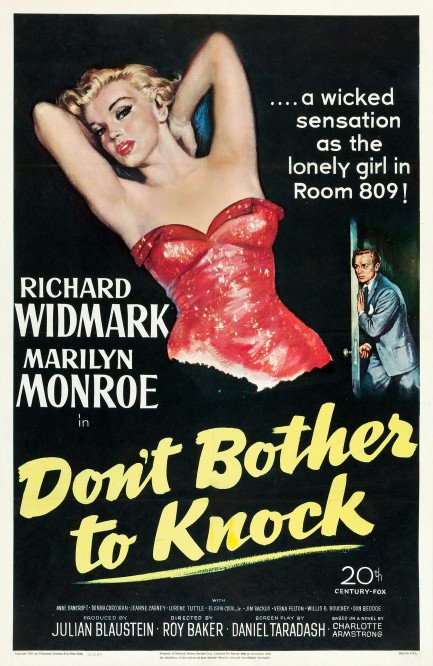
It says plenty about Don't Bother To Knock that we queued it up last night, popcorn and adult beverages in hand, having forgotten that we already watched it several years ago. That has less to do with the overall film than with Marilyn Monroe, but we'll get to that in a minute. The film was based on Charlotte Armstrong's Mischief, which was serialized in 1950 in Good Housekeeping magazine, and deals with a mentally disturbed babysitter watching over a child in a fancy New York City hotel suite. Along with Monroe it stars Richard Widmark and Anne Bancroft, with their three characters suffering respectively from derangement, detachment, and disillusionment—three ailments suggested to be caused or exacerbated by life in the big city. Widmark as a cynical single looking for easy action and Bancroft as a world weary torch singer working the hotel lounge don't have any problems a change in luck wouldn't solve, but the movie revolves around Monroe, who, thirteen credited roles into her career at this point, gets a chance to stretch her range as a nutty nanny in need of a lot more than just kind words to get back on the beam.
Monroe's performance in this heavy drama is tough to judge. To us it feels a bit flat, but contemporary reviewers generally liked it, and it's fair to say it helped her climb that last rung to the superstardom she'd reach a year later with Gentlemen Prefer Blondes. Watch that film and you'll see that, while Don't Bother To Knock asked her to stretch, it did so by requiring that she suppress her natural charisma. That's no easy trick for an actor, let alone someone as incandescent as her, and that, in short, is probably why we forgot we'd already watched the movie. Monroe was so big in her other performances that this flick went down the memory hole. Her iconic movies feel as if they could only have starred her. This one feels like it could have starred anyone. Monroe just isn't Monroe in it. But that probably means her performance is a success. Watching it afresh, we can tell you it's certainly a must for Marilyn fans, and will probably work for vintage film fans of all types. But those unschooled in the oldies might walk away from this effort thinking, Meh, I don't get all the Monroe fuss. But the fuss was appropriate and deserved. Don't Bother To Knock—not a film noir as labeled on many sites, by the way—premiered today in 1953.
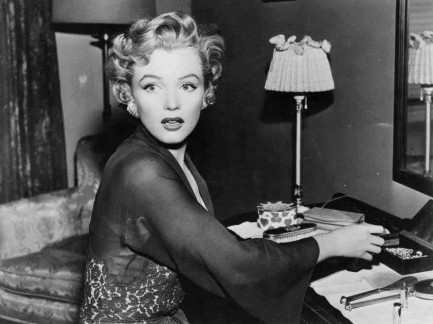
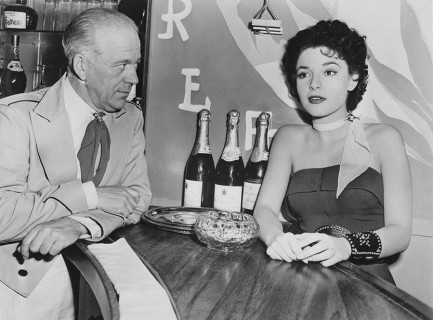
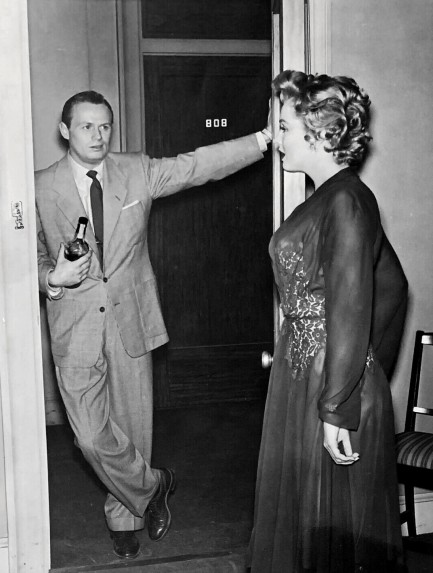
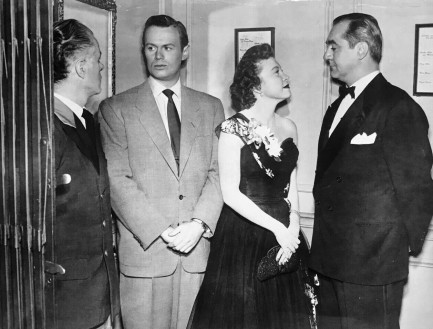
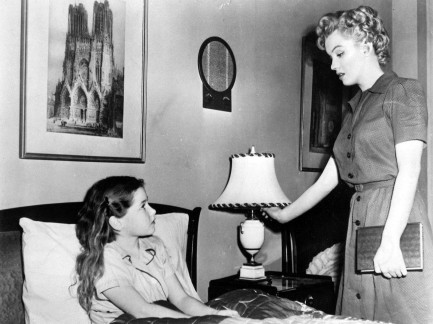
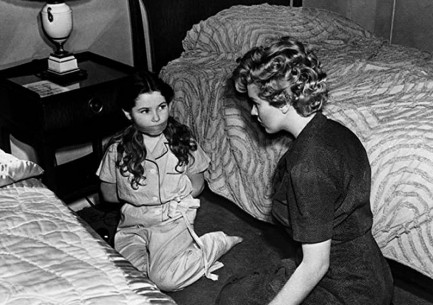
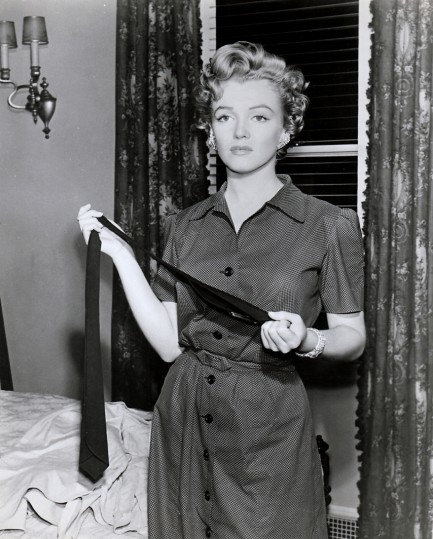
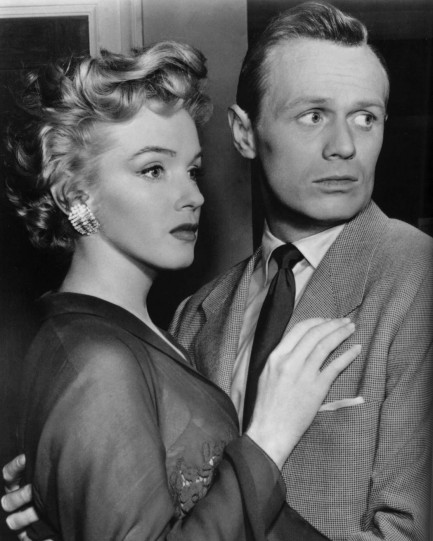
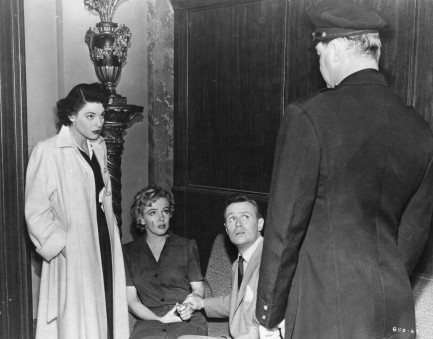
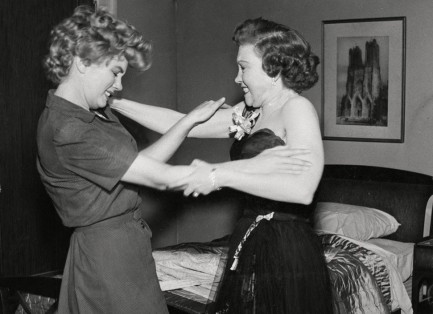
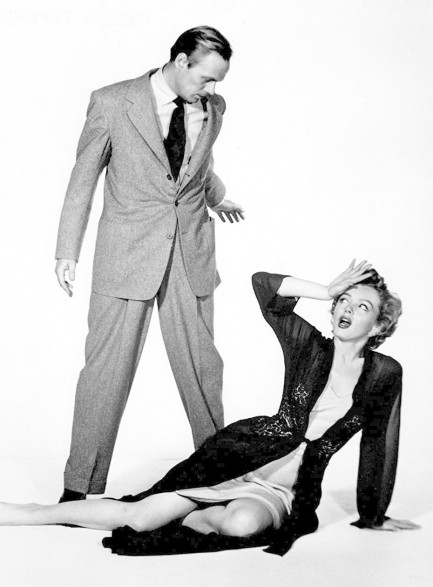
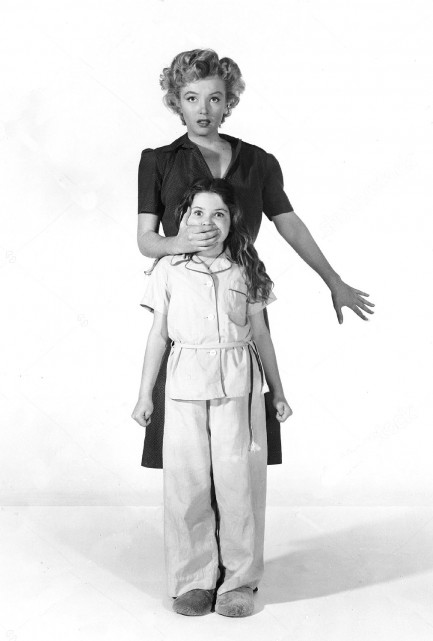
| Femmes Fatales | Nov 11 2020 |

She was a very intriguing star.
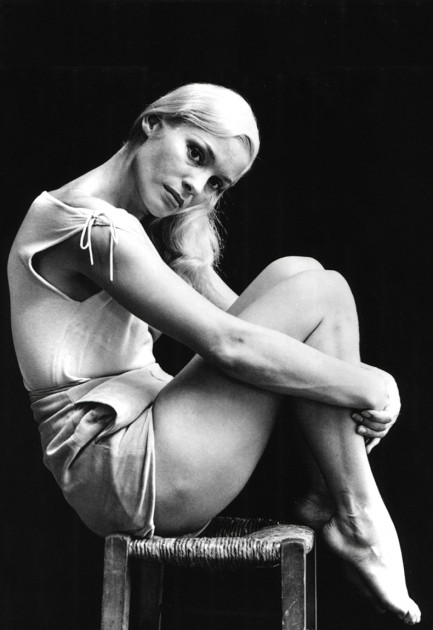
Swedish actress, director, and screenwriter Ingrid Thulin perches on a chair in this blonde on black promo image from 1956. She's best known for appearing in several Ingmar Bergman movies, including 1957's Smultronstället, also known as Wild Strawberries. Interestingly, Thulin guested on a U.S. spy series called Foreign Intrigue in 1954 and 1955, and the next year co-starred in the spy thriller Foreign Intrigue with Robert Mitchum, a movie that was unrelated to the television show despite its identical title. We guess the casting agent must have been like, “So, Ingrid, can you be intriguing? Just kidding. I see on your credits that you've been there, done that, so you're hired.”
| Vintage Pulp | Aug 28 2020 |

Low rent Bond imitation withers in comparison to its inspiration.
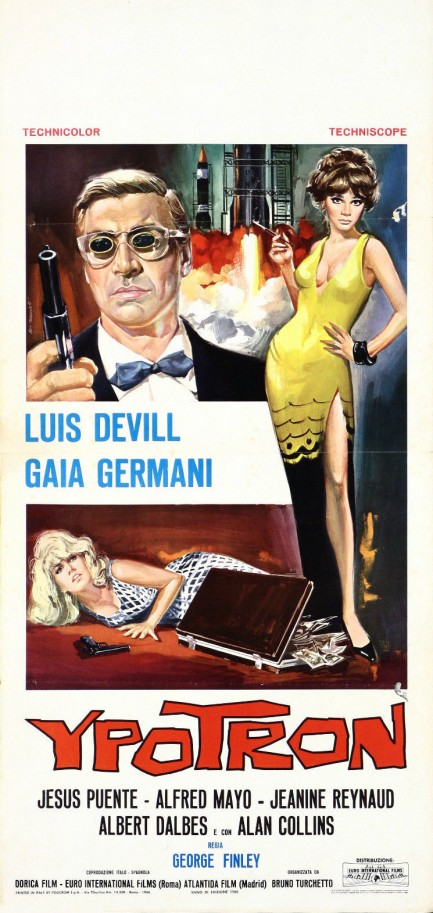
By the time the mid-1960s rolled around movie studios the world over were imitating James Bond. The film Ypotron, aka Agente Logan - missione Ypotron, which was released in Italy today in 1966, was one of the worst imitators. It's inept in all aspects, especially the slide guitar soundtrack that might make you bury yourself somewhere in the back yard. But then you'd miss lines of dialogue like, “I don't specialize in making speeches. I use bullets.” Yes, it's bad. It is bad-good? That depends on you, since you'll have to provide all the actual entertainment. But good or bad we wanted to share the above Italian promo poster painted by Ezio Tarantelli, which is good-good. You can see more Tarantelli here, and another poster for Ypotron at the top of this post.
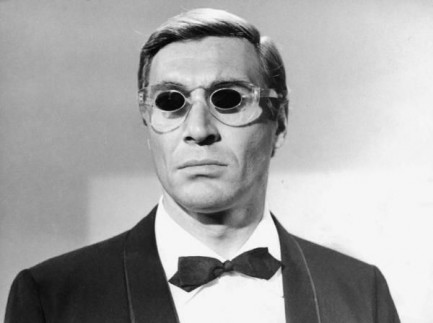
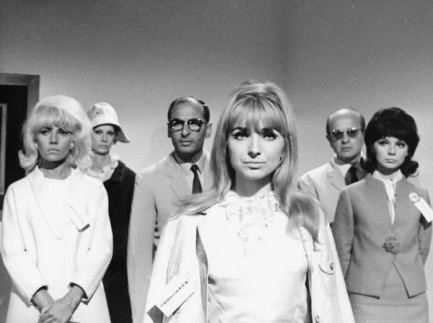
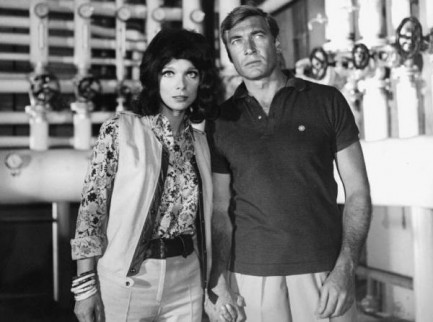
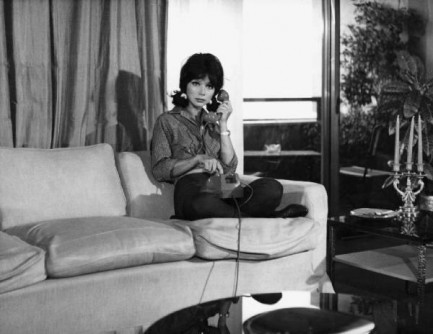
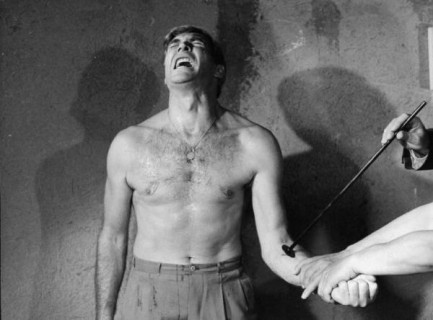
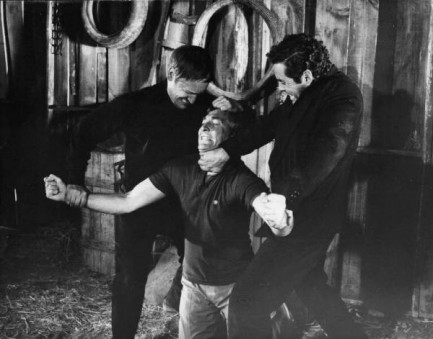
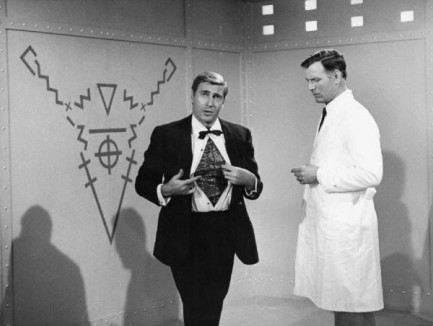
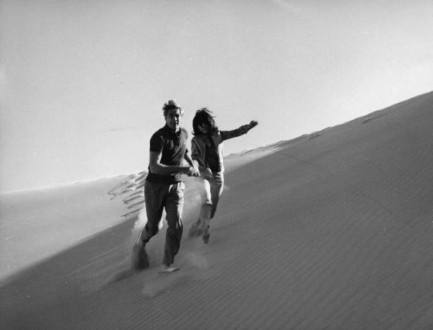

| Intl. Notebook | Jul 16 2020 |

What a hypnotic sight. Maybe one day we'll have a Space Force and threaten to rain fire down upon the planet.

In this photo made today in 1969, U.S. President Lyndon B. Johnson, Lady Bird Johnson, Vice President Hubert Humphrey, and a crowd of others watch Apollo 11 lift off from Cape Canaveral, Florida. Back then it must have seemed almost miraculous. A bunch of theoretical scientists in the U.S. and Soviet Union said manned spaceflight would work, the politicians went, “Great—here's some billions of dollars or rubles to make it happen.” And years later it did when Yuri Gagarin became the first human in space. But Apollo 11 was the big one, in our opinion. It's one thing to toss a person into space in a hollow cannonball like Sputnik, and another bowl of pancake batter altogether to send people to another world and bring them back alive. Opinions vary, of course, but we think this flight was and remains the most important rung on humanity's celestial ladder. As things are developing, with countries reneging on their promises not to exploit space for monetary or military gain, it would be better for both the cosmos and Earth if there are no more rungs for a while. Neil Armstrong's quote, when he set foot on the moon, was, “One small step for man, one giant leap for mankind.” We've taken a giant leap backwards since then.
| Vintage Pulp | Jun 17 2019 |

It's always the person you least suspect.
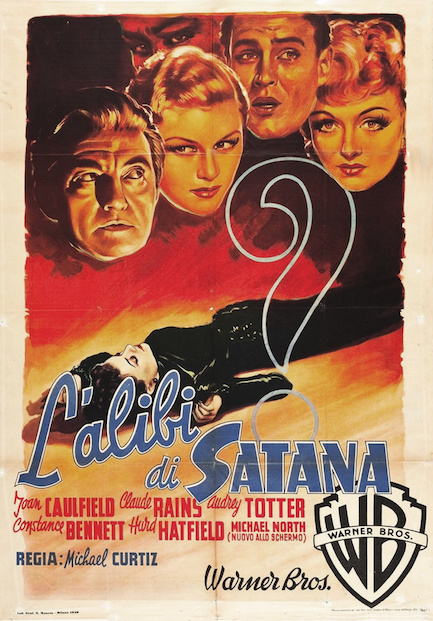
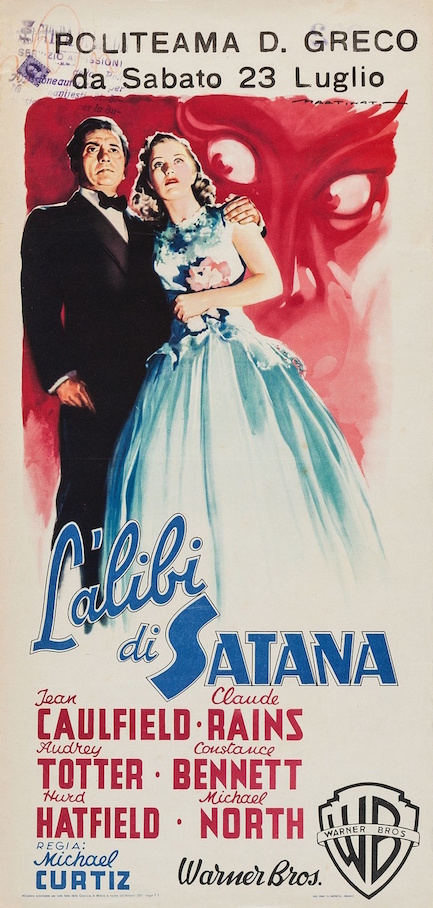
Above are a couple of beautiful Italian posters for L'alibi di Satana, better known as The Unsuspected. The set-up of this is too complicated to explain in the short form we use here on Pulp intl., but basically it's a murder mystery dealing with family jealousy, thwarted romances, inherited money, and amnesia. Despite the complexity of the script, which is derived from a Charlotte Armstrong novel, thanks to the title you can guess who the killer is by ignoring all the clues and simply picking the person with the best alibi. We know—that's a spoiler. But we bet 95% of you would have nailed it within twenty minutes anyway. The Unsuspected is still an interesting flick, though. The main attraction is Claude Rains, always great no matter the circumstances, and he's accompanied by Joan Caulfield, Audrey Totter, Constance Bennett, and others. It premiered in the U.S. in 1947, and opened in Italy today in 1949.

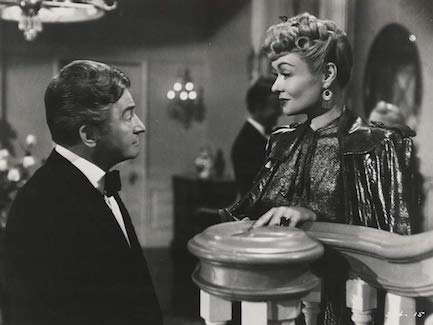
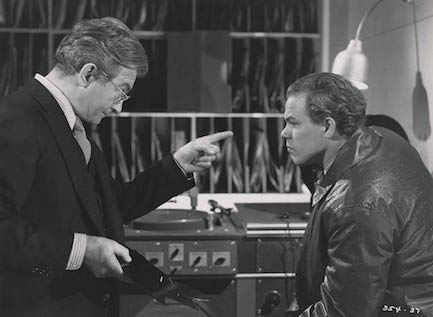

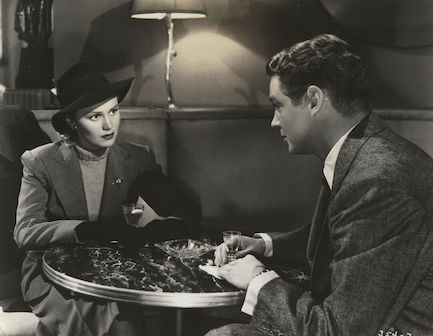

| Intl. Notebook | Mar 28 2018 |

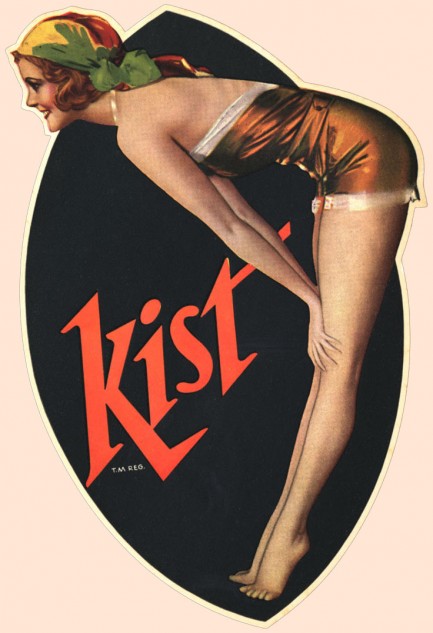
This nice pin-up style sticker was painted by legendary illustrator Rolf Armstrong for Kist Soda around 1930. Kist was created in 1922 by Citrus Products Company of Chicago, and was soon being manufactured in orange, ginger ale, lemon, and grape flavors. By the time Armstrong was brought in Kist had been licensed by the Quality Beverage Company, also based in Chicago. There's a bit of conflicting information online concerning the whos and whens, as always, but we just wanted to show you this very rare and pretty piece of Armstrong memorabilia.
| Vintage Pulp | Jul 28 2016 |

When girl meets girl sparks fly.
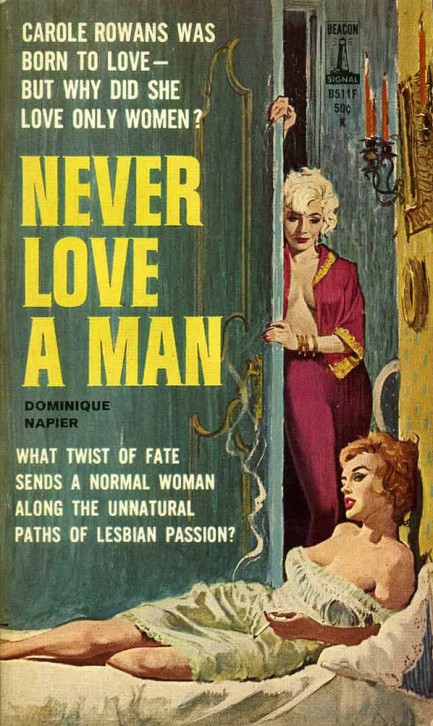
Above and below is a small percentage of some of the thousands of lesbian themed paperback covers that appeared during the mid-century period, with art by Paul Rader, Fred Fixler, Harry Schaare, Rudy Nappi, Charles Copeland, and others, as well as a few interesting photographed fronts. The collection ends with the classic Satan Was a Lesbian, which you’ve probably seen before, but which no collection like this is complete without. Hopefully most of the others will be new to you. Needless to say, almost all were written by men, and in that sense are really hetero books reflecting hetero fantasies (fueled by hetero misconceptions and slander). You can see plenty more in this vein on the website Strange Sisters.
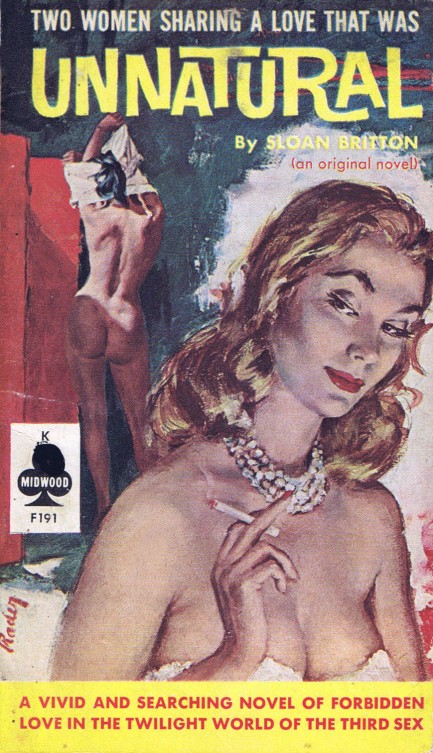
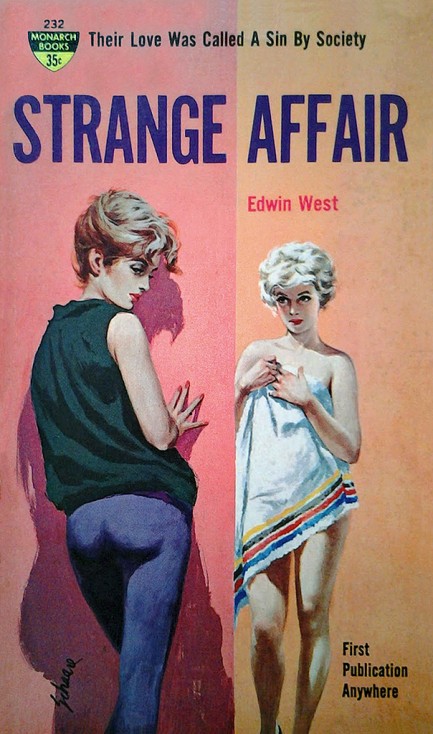
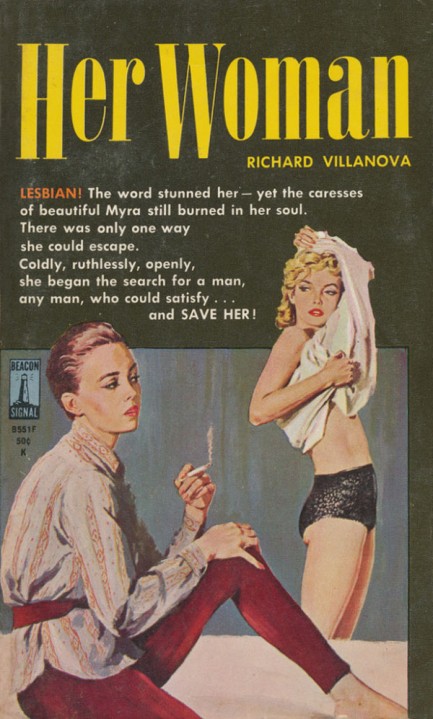
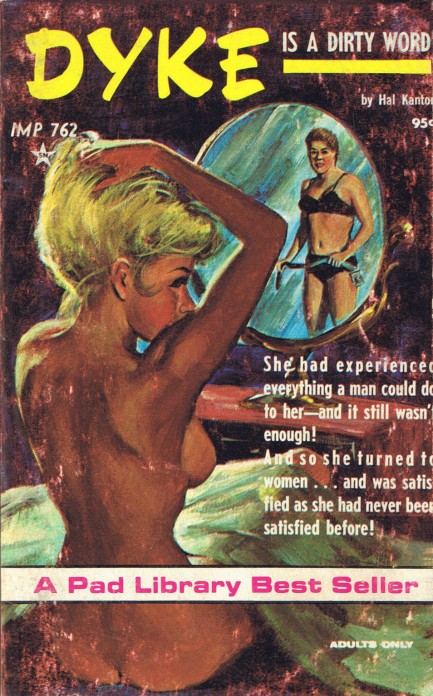
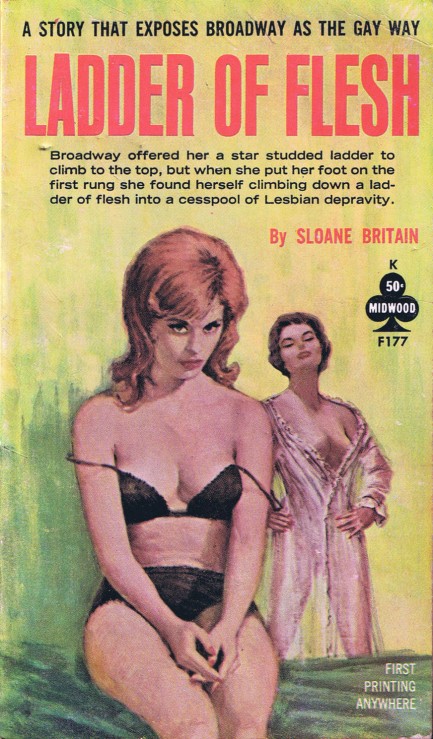

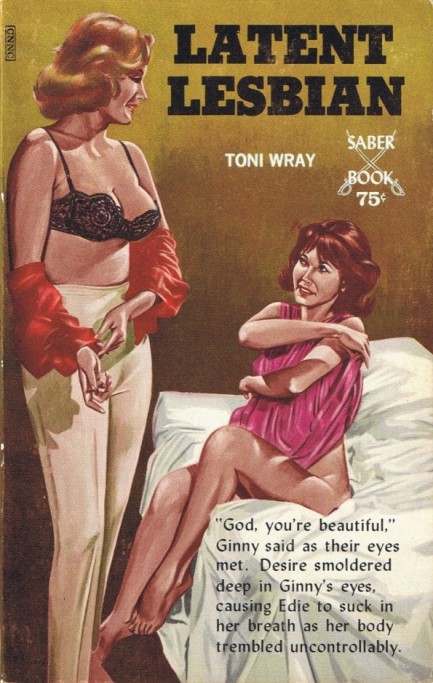
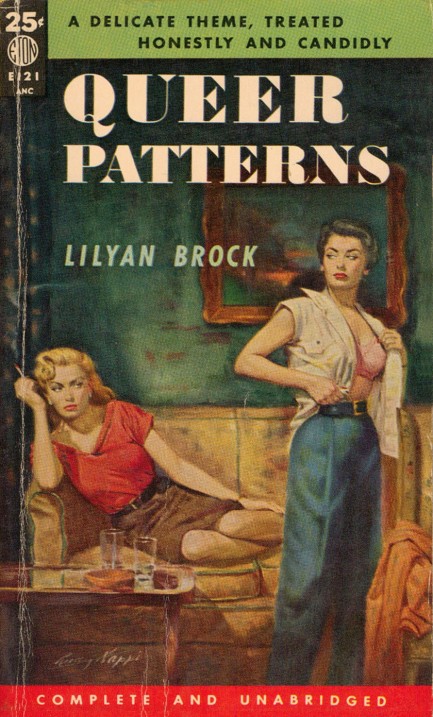
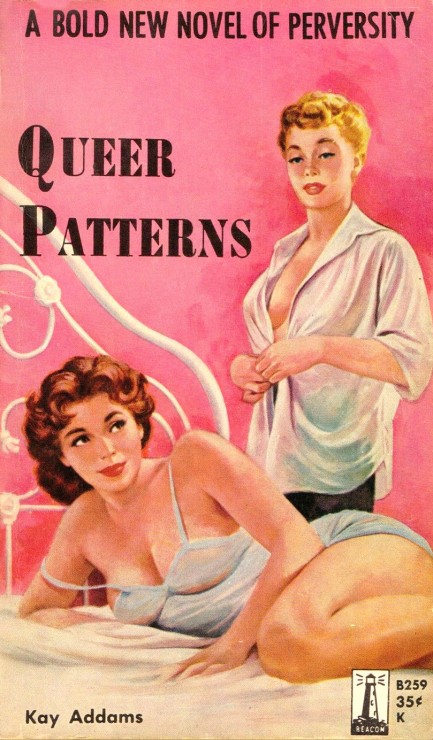
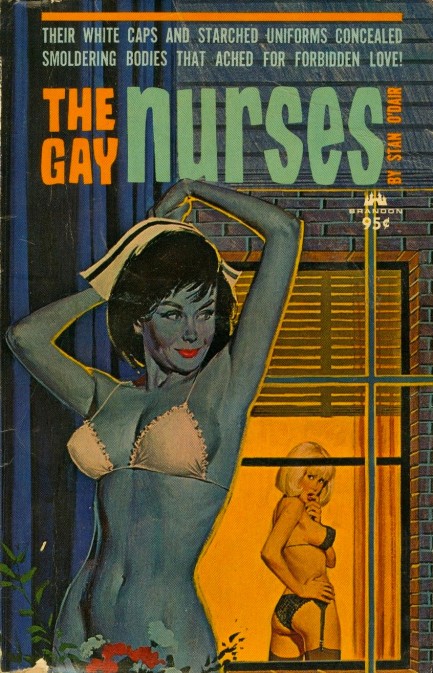
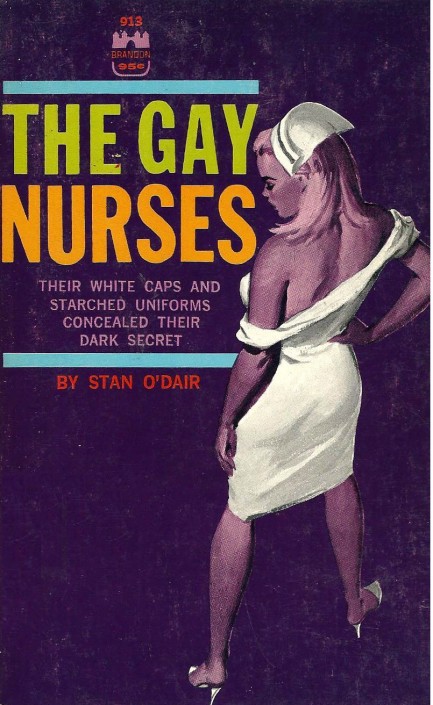
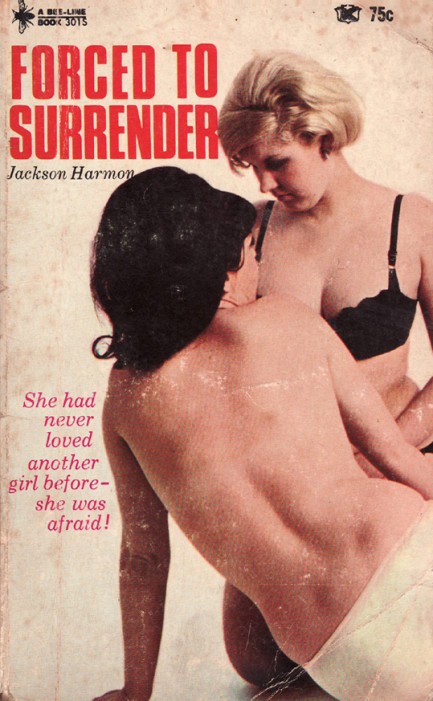
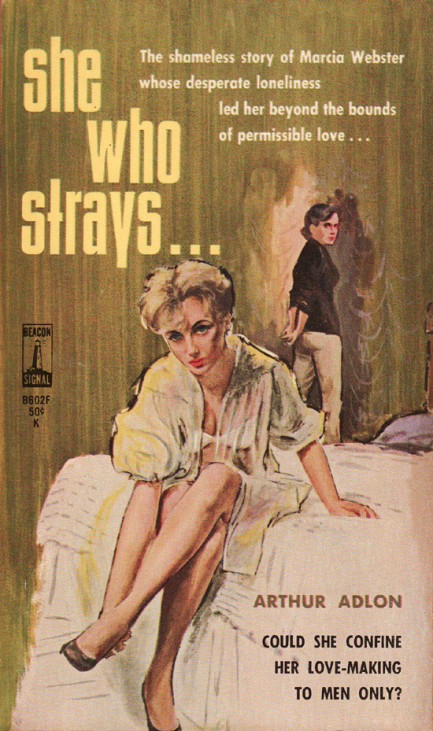
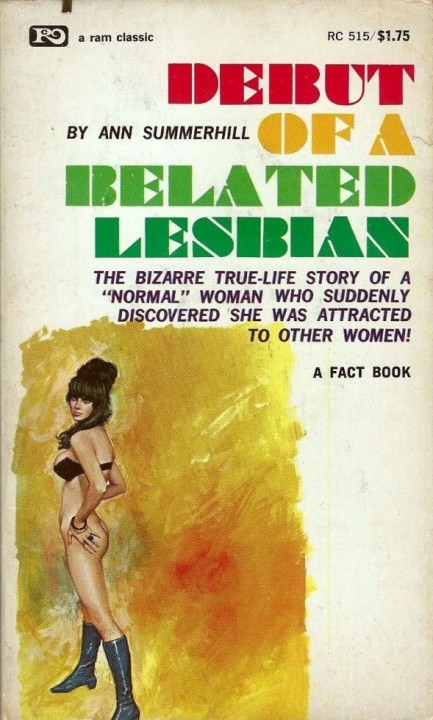
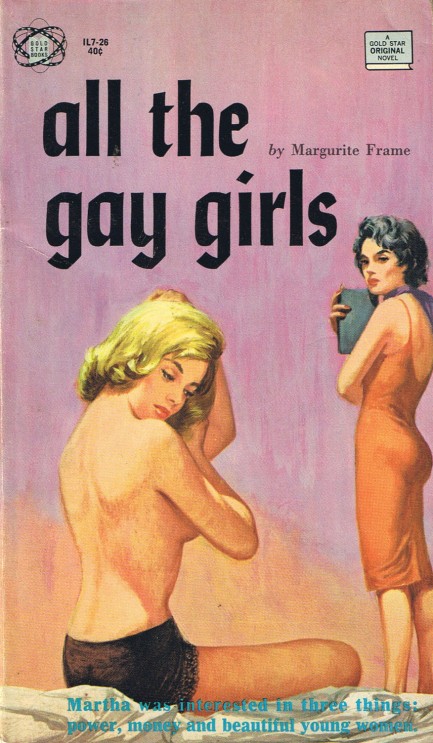

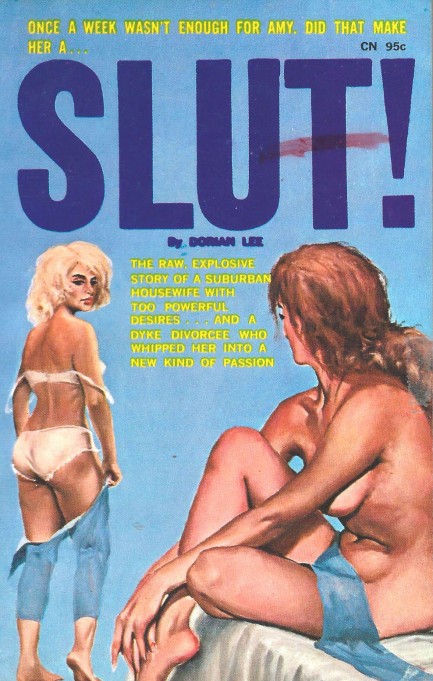

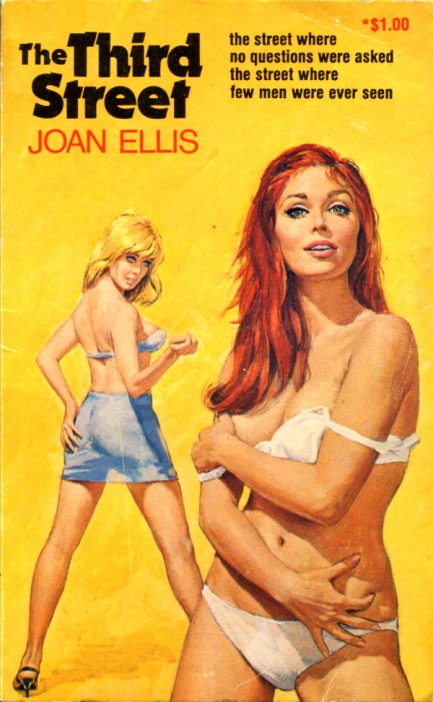
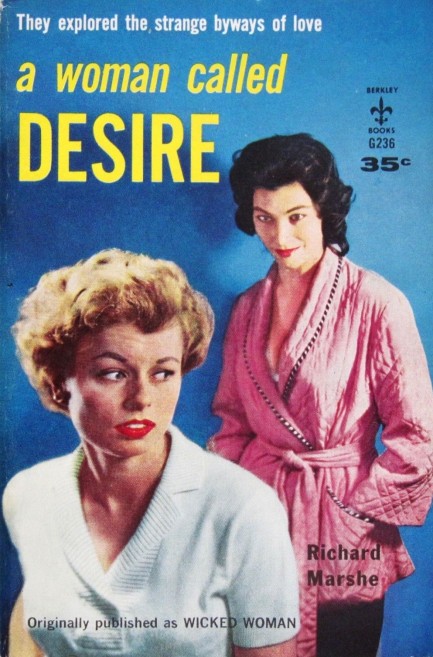
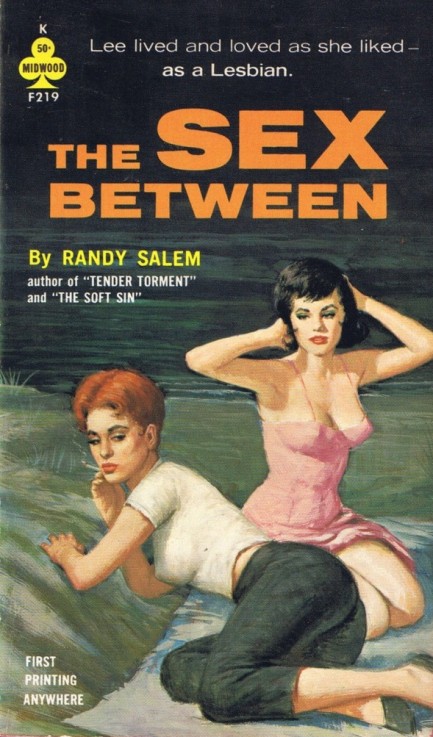
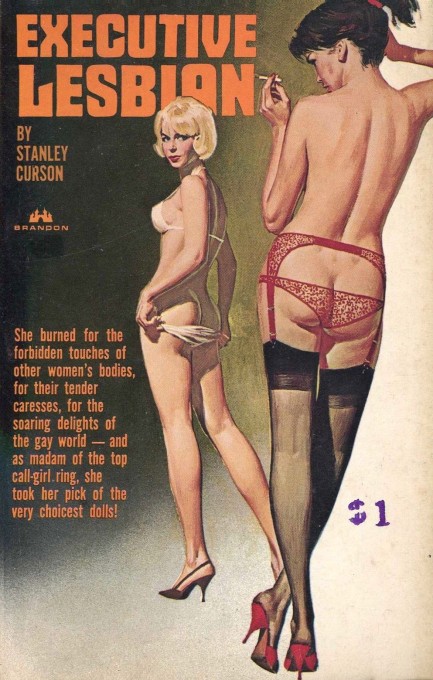
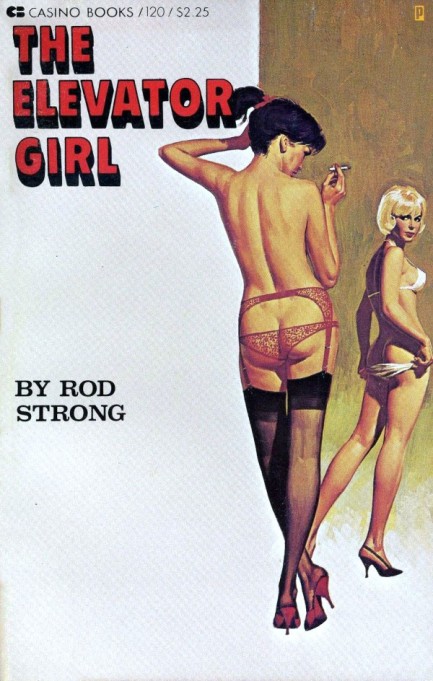
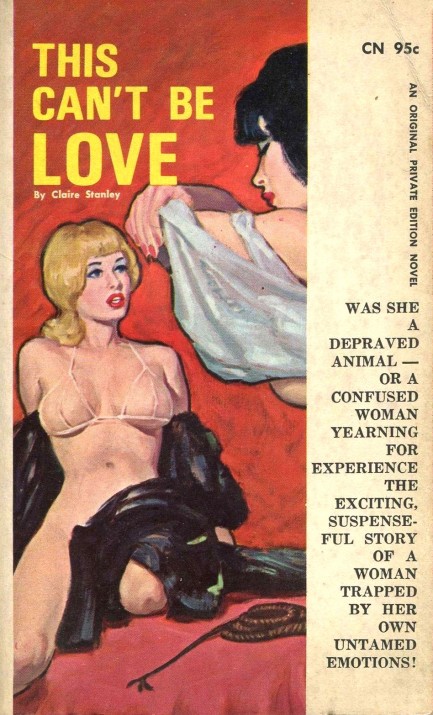
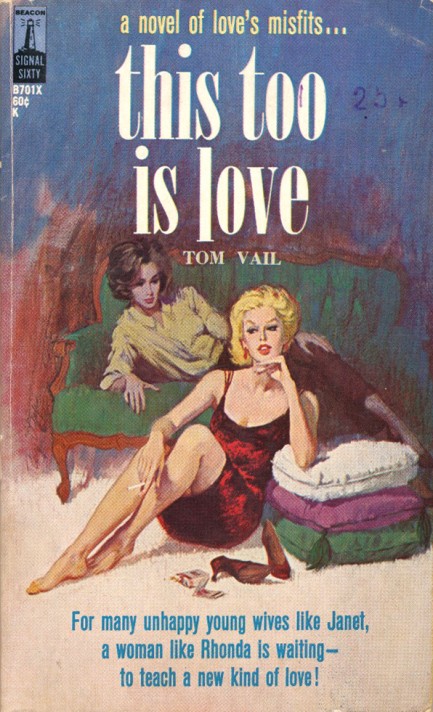
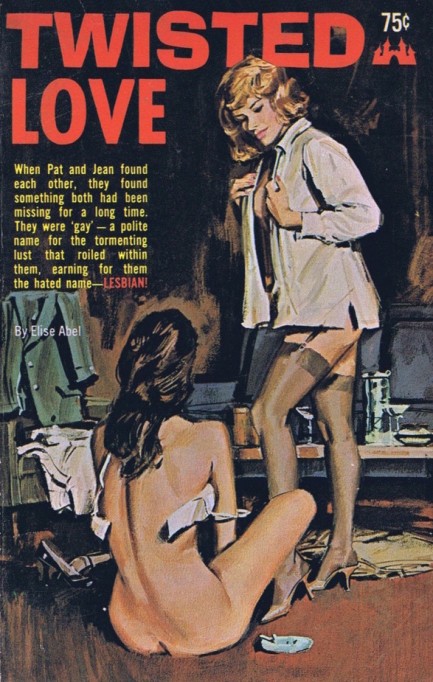
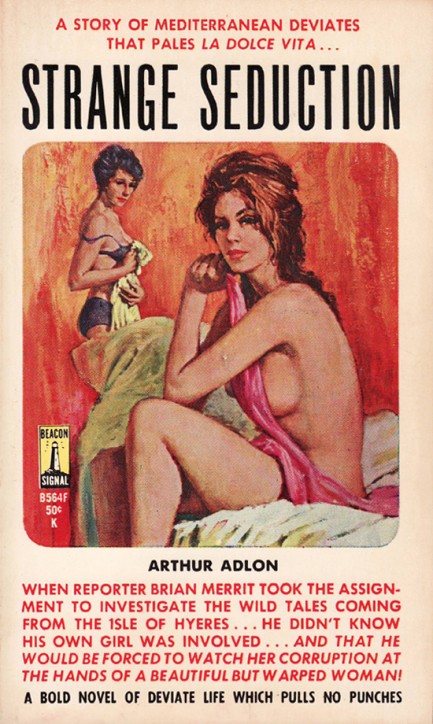
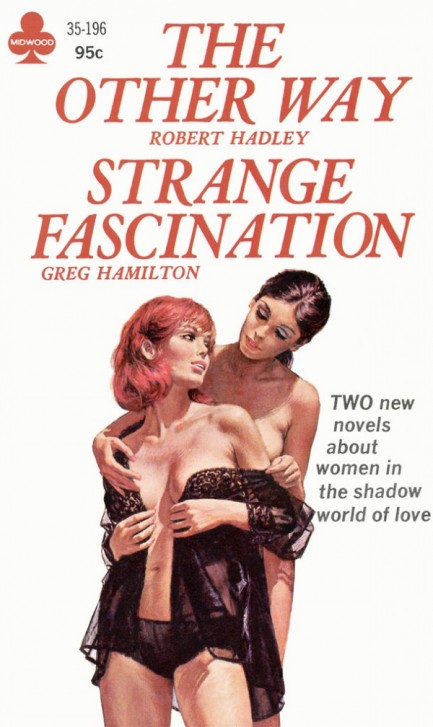
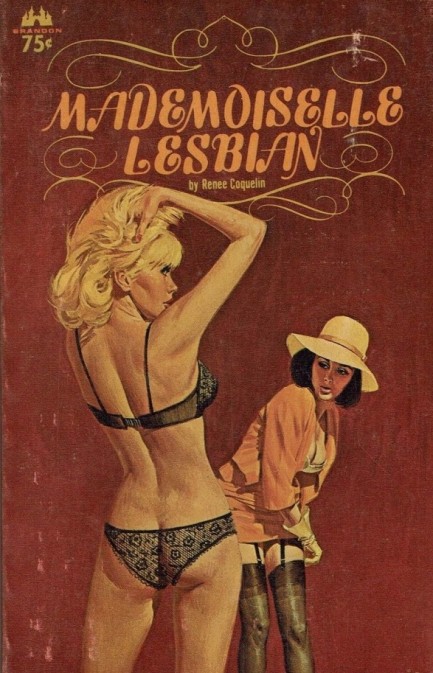


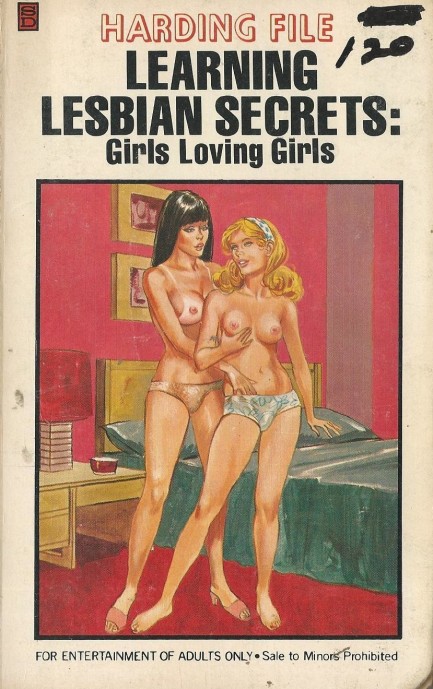
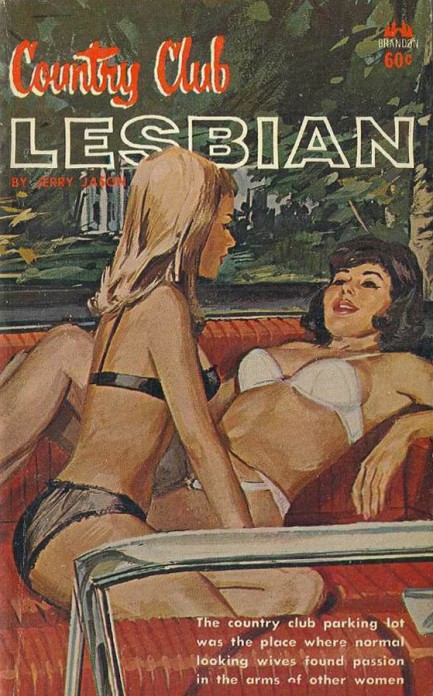

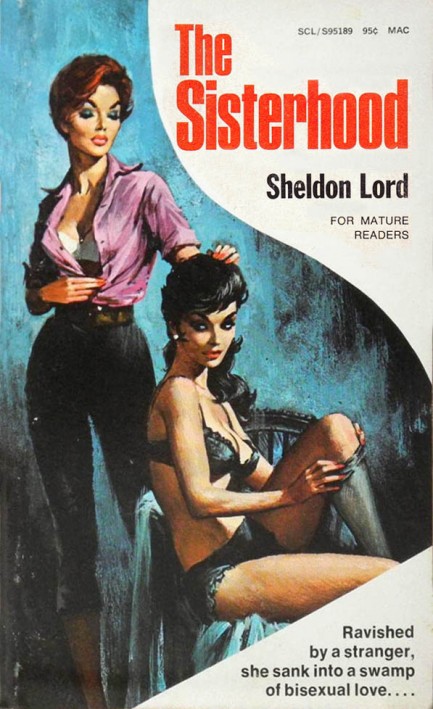
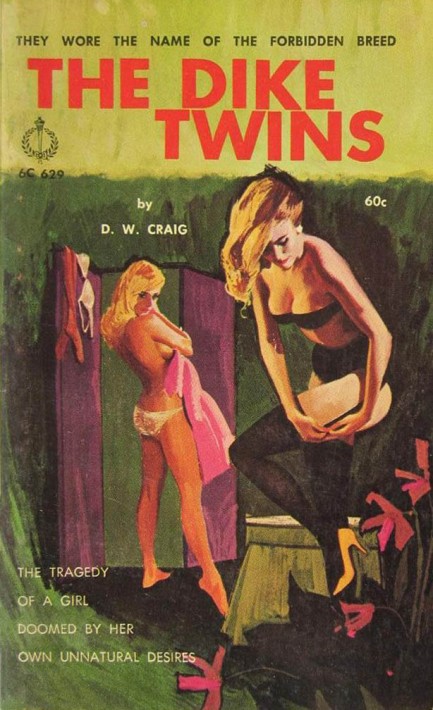
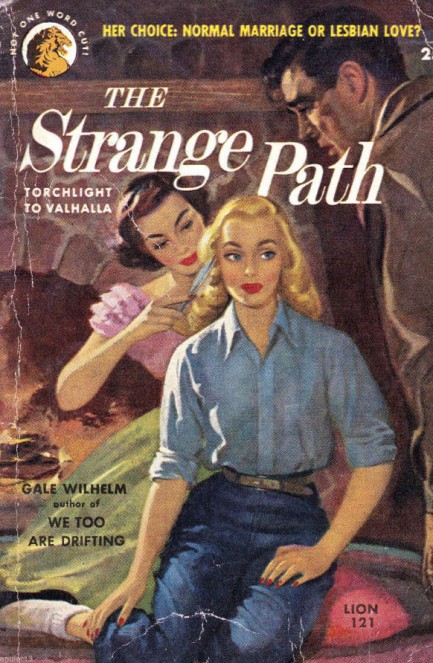
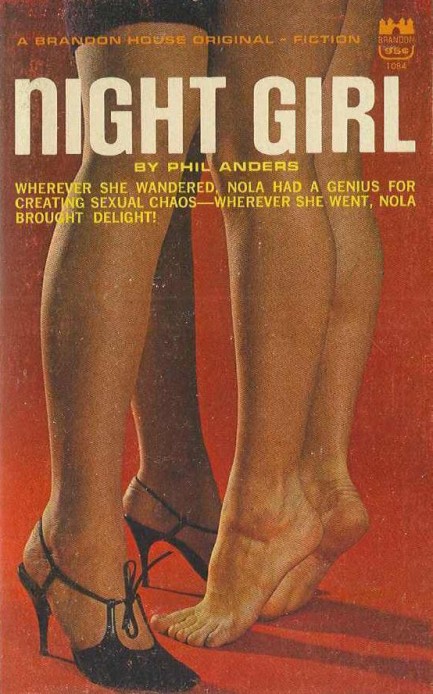
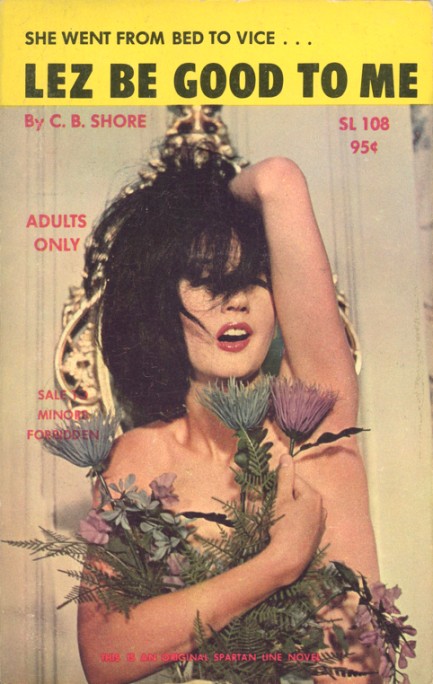
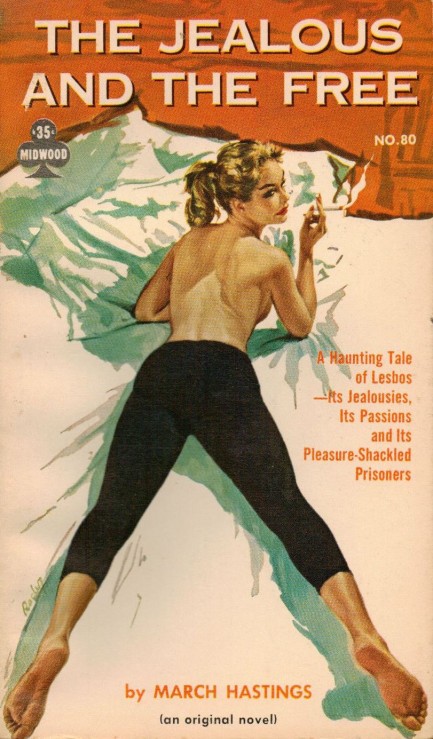

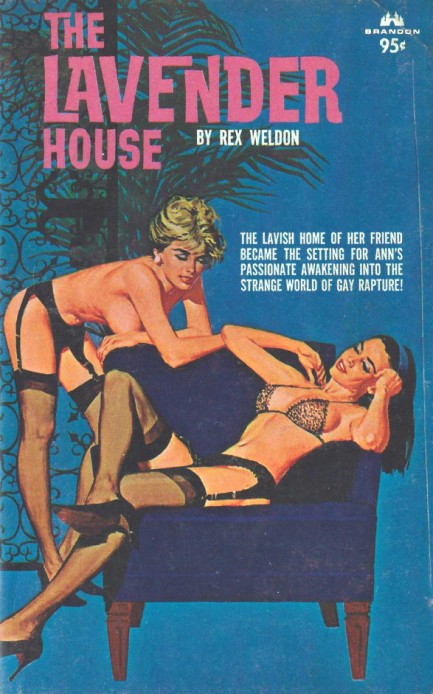
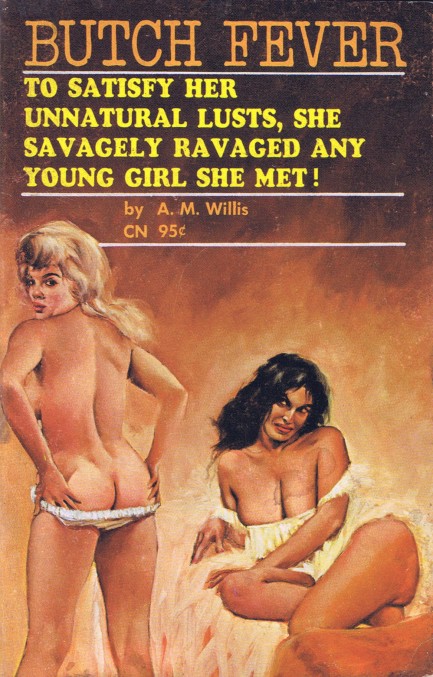
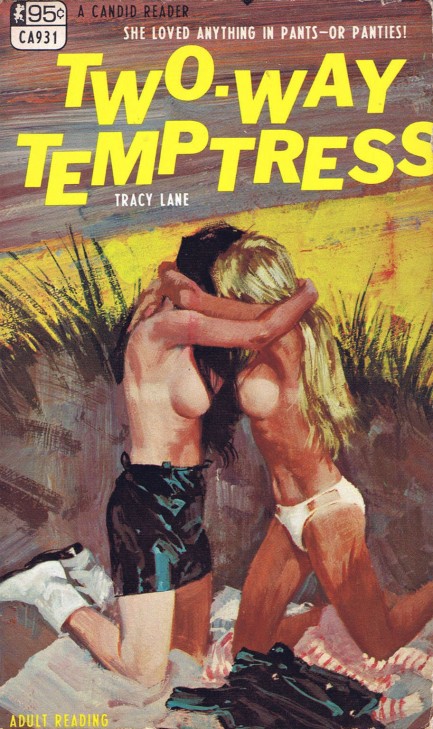
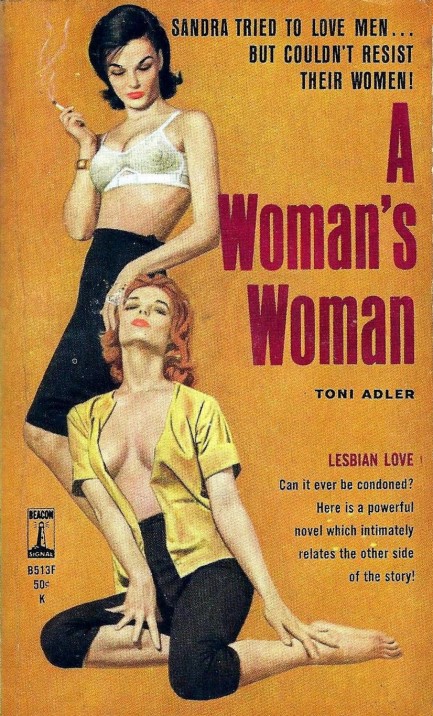
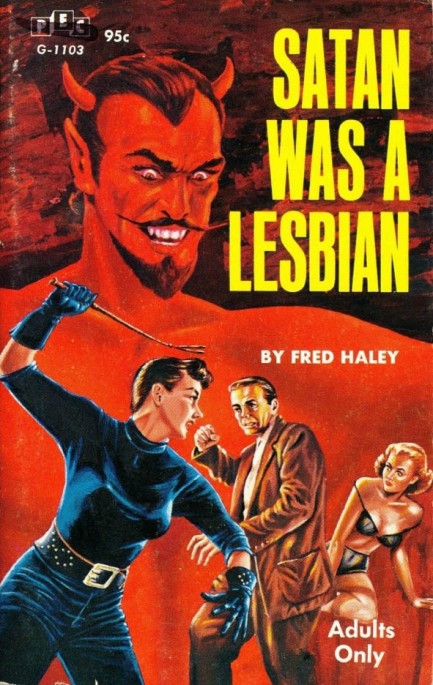
Tom ForanAnn SummerhillJackson HarmonStan O'DairMarguerite FrameFred HaleyA.M. WillisHoward TowardC.B. ShoreGale WilhelmD.W. CraigSheldon LordJerry JasonElise AbelArthur AdlonClaire StanleyRod StrongStanley CursonRichard MarsheJoan EllisRandy SalemToni AdlerAnn TowardLeslie BehanRene CoquelinKay AddamsDorian LeeLilyan BrockJ.S. RobinsMarch HastingsRex WeldonToni WrayRichard VillanovaEdwin WestDominique NapierVincent E. BurnsSloane BrittonSloane BritainHal KantorGreg HamiltonPhil AndersPaul RaderFred FixlerHarry SchaareRudy NappiCharles Copelandcover artcover collectionliteraturelgbt





































































